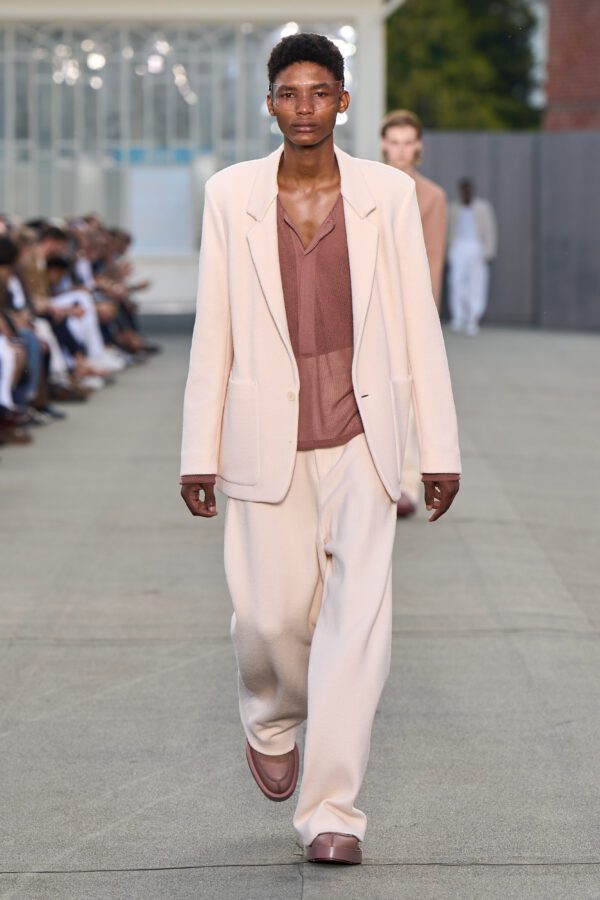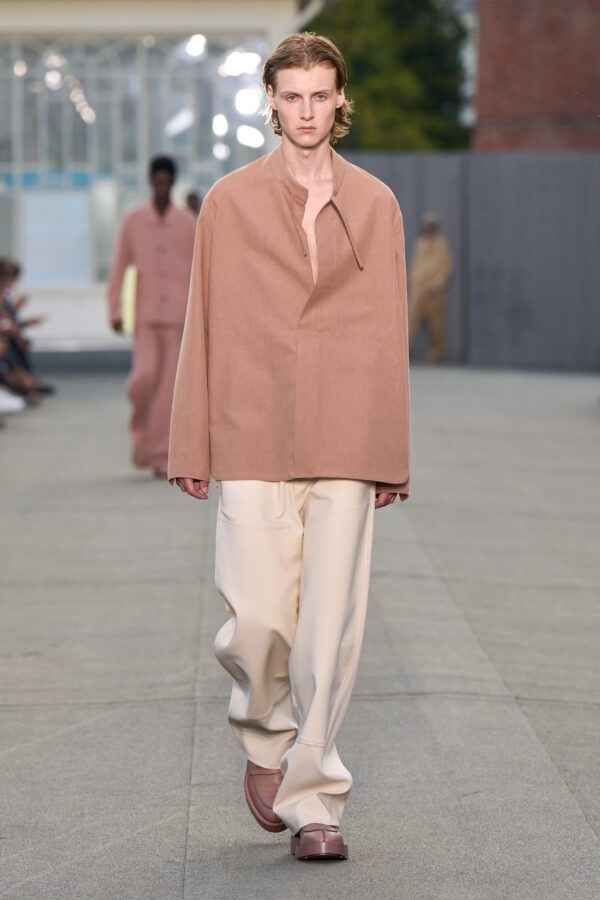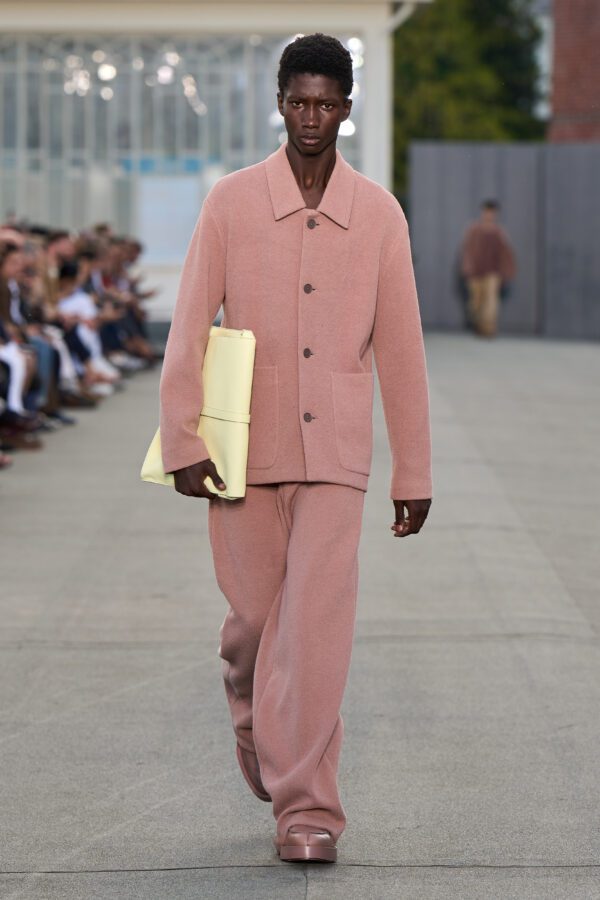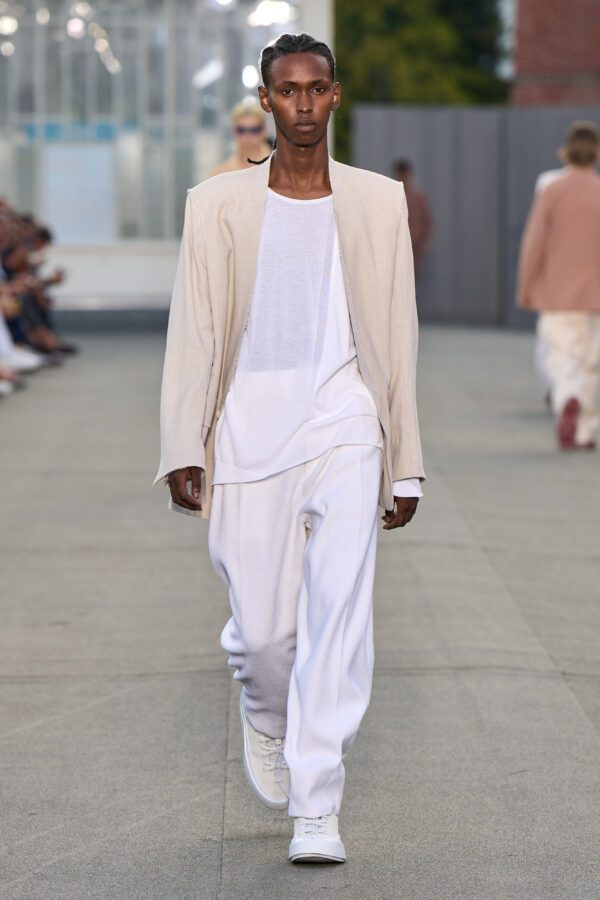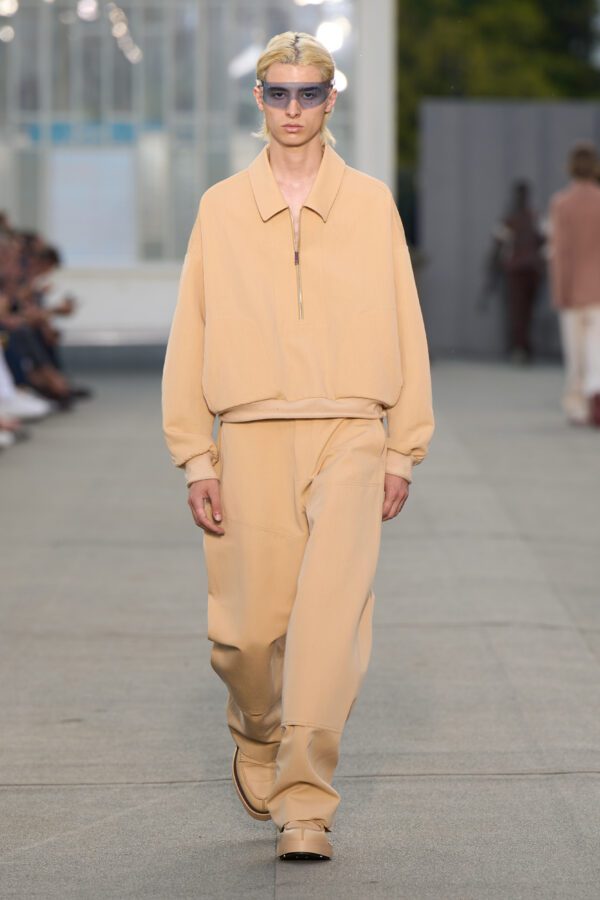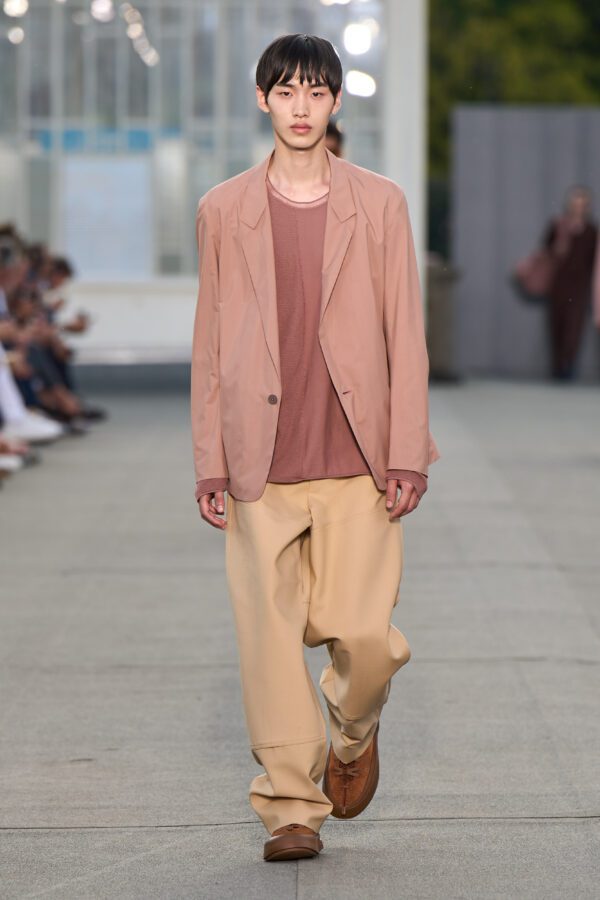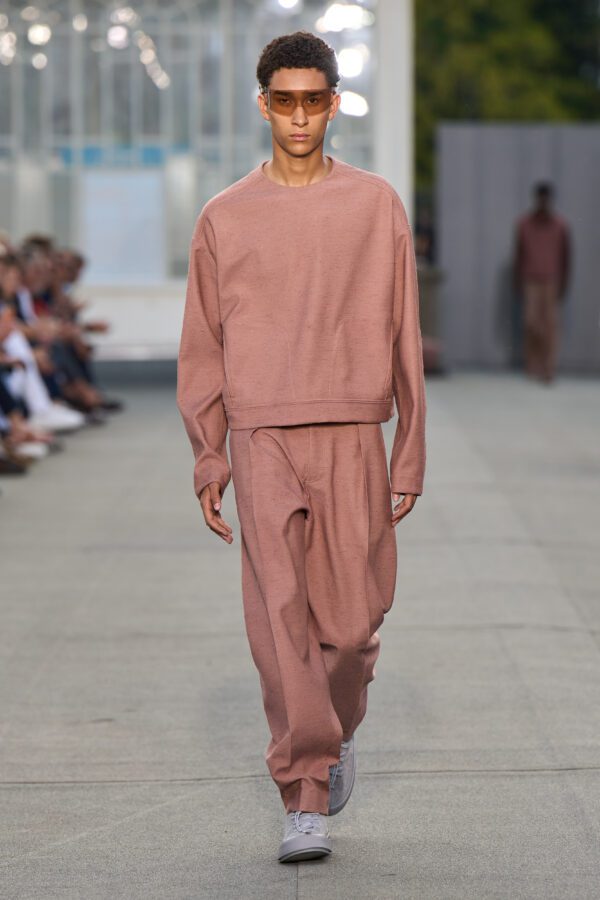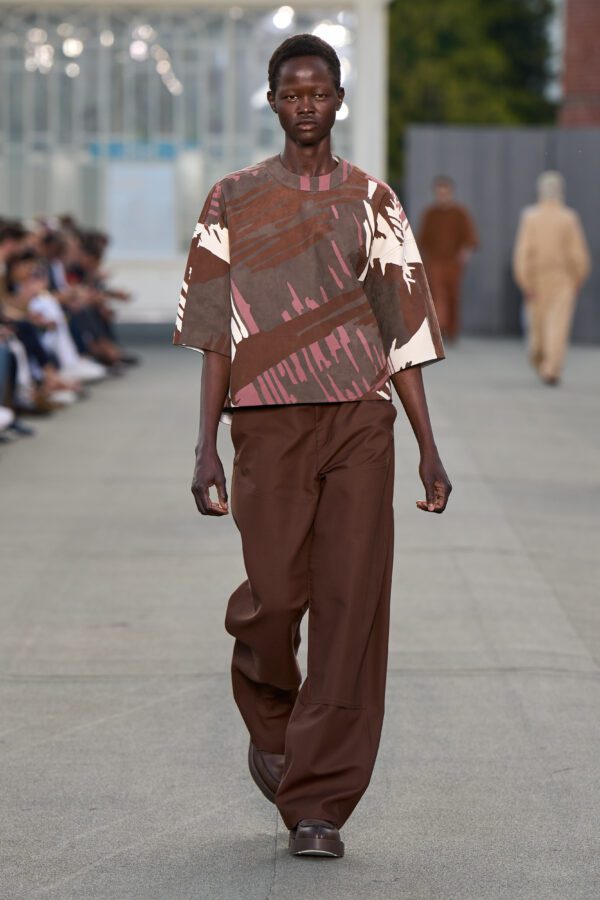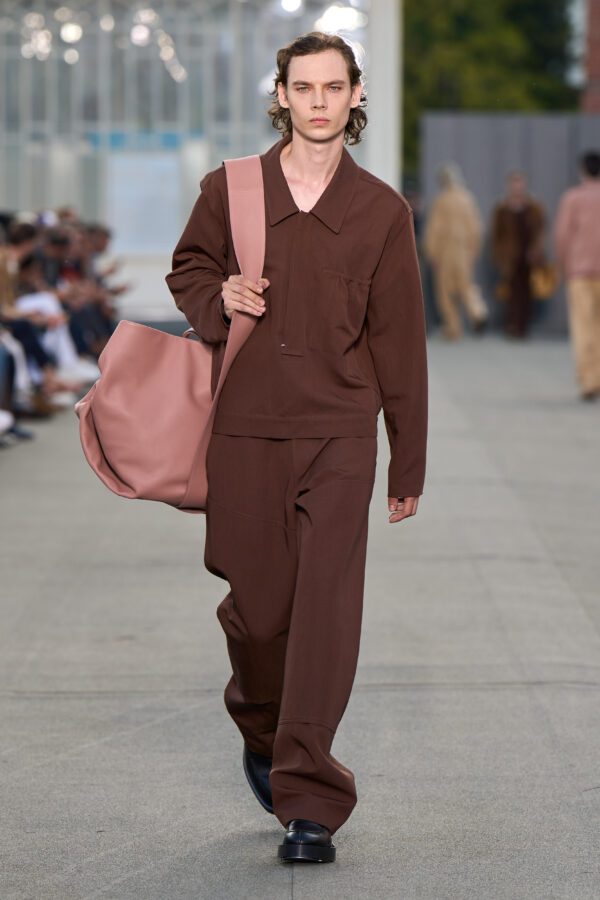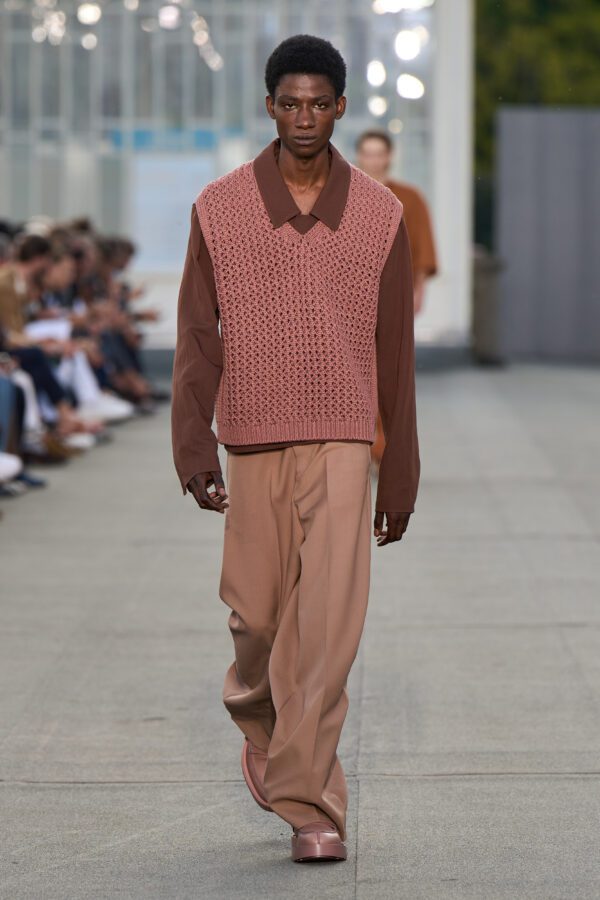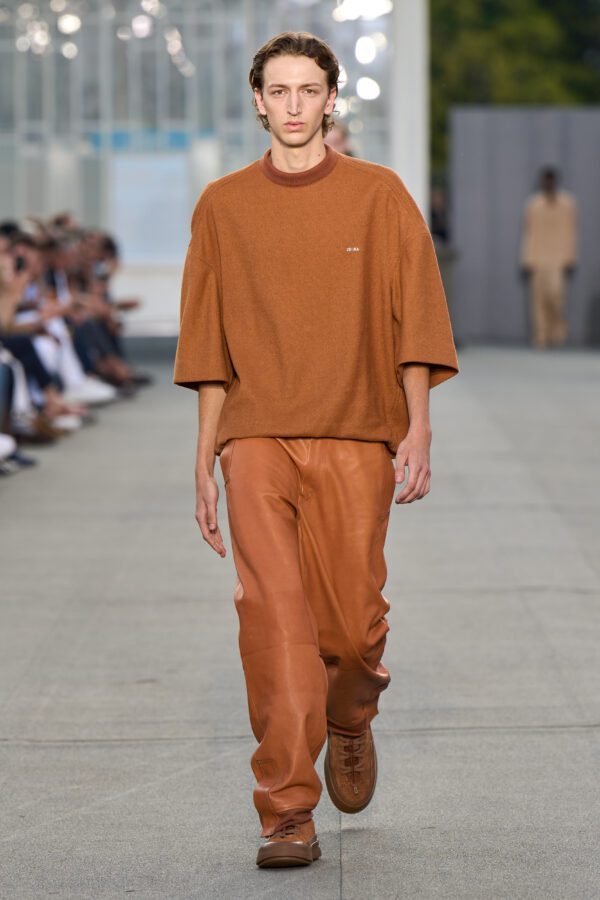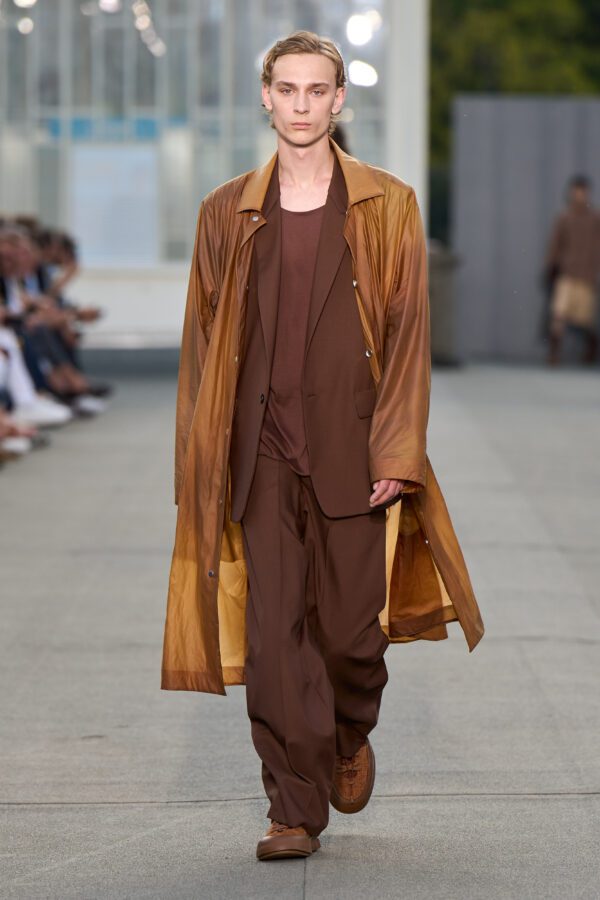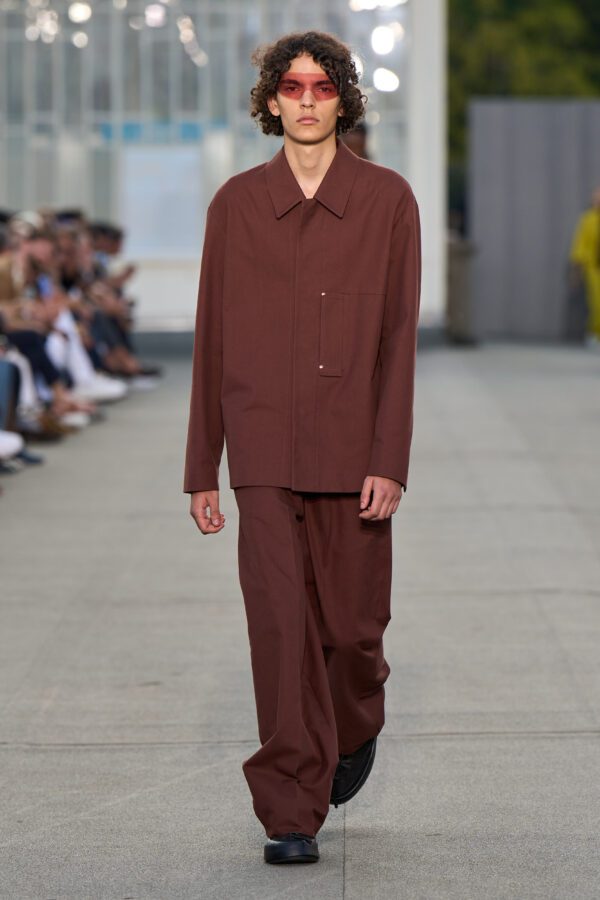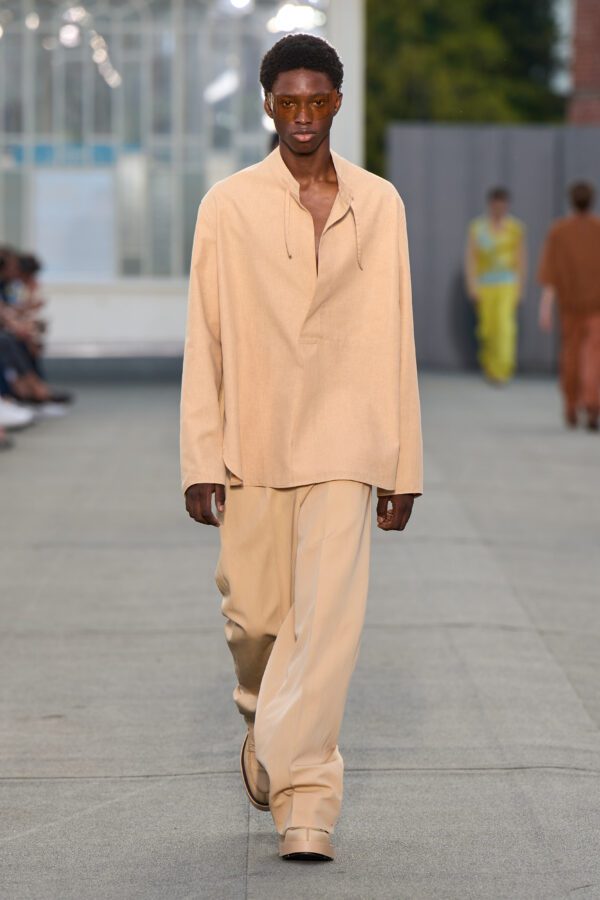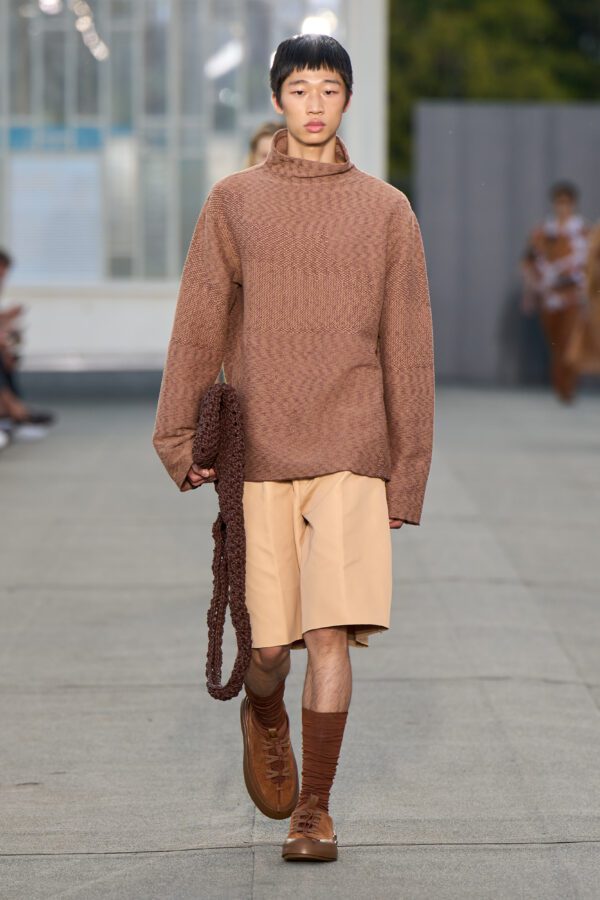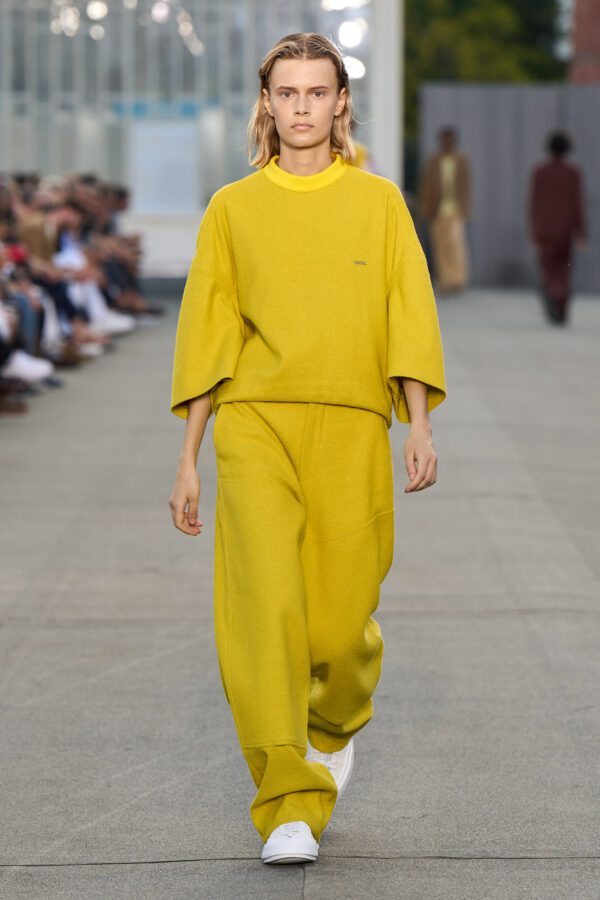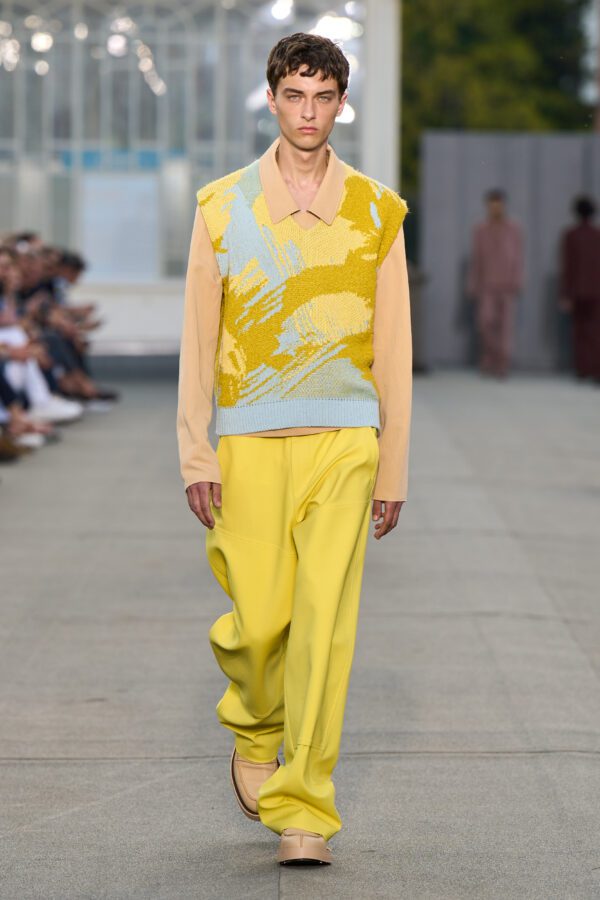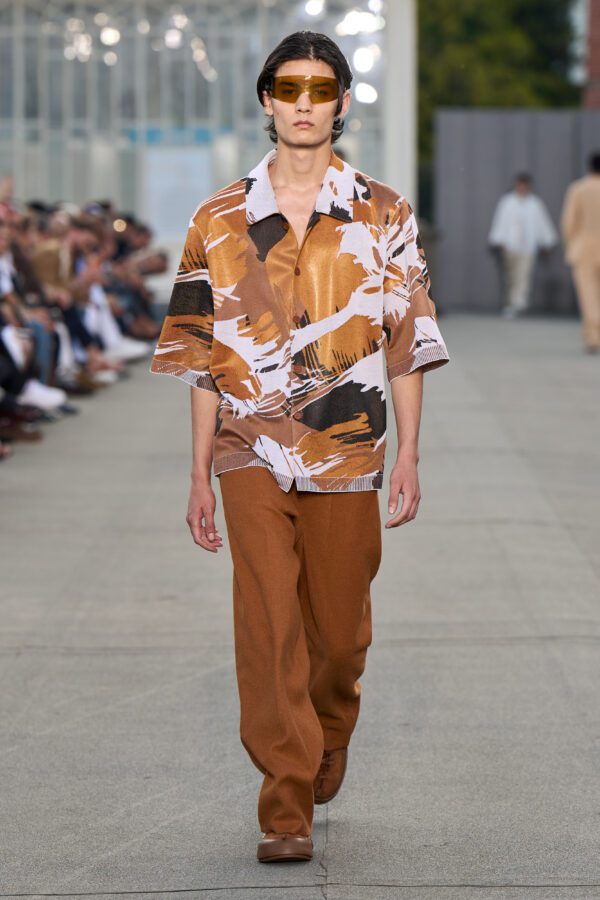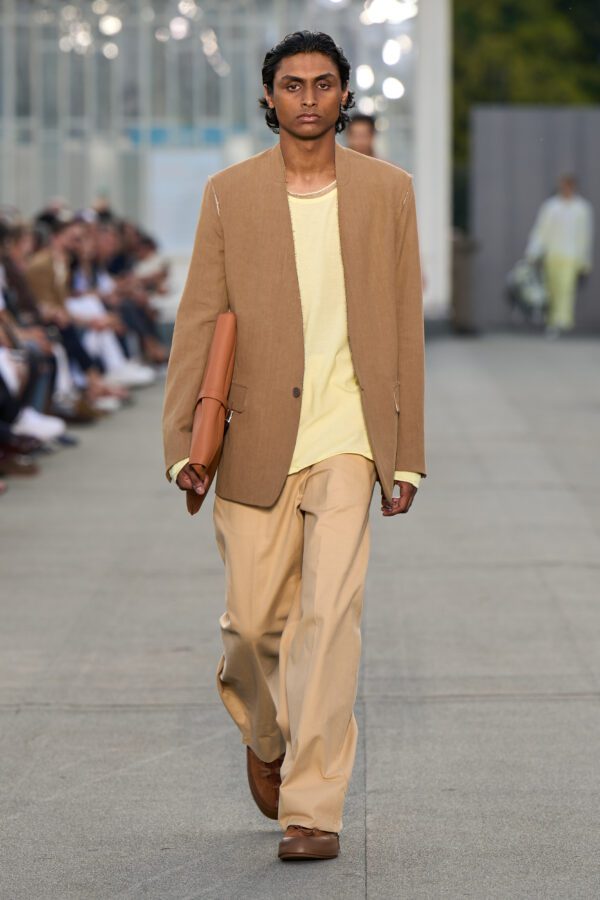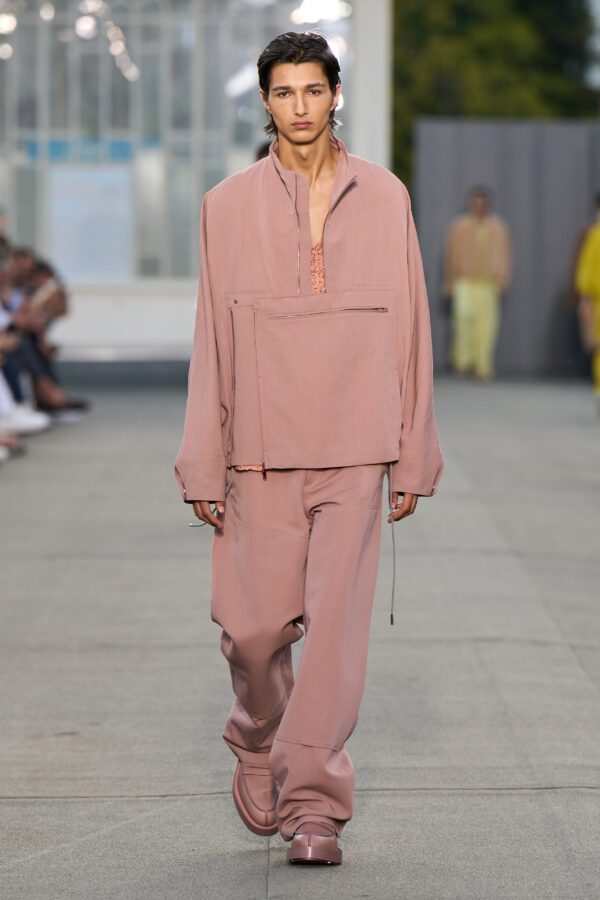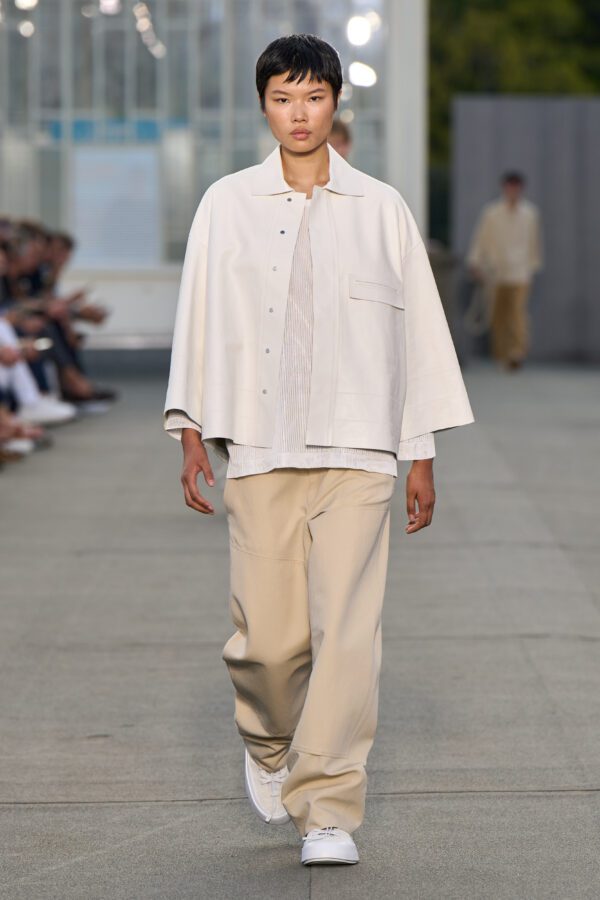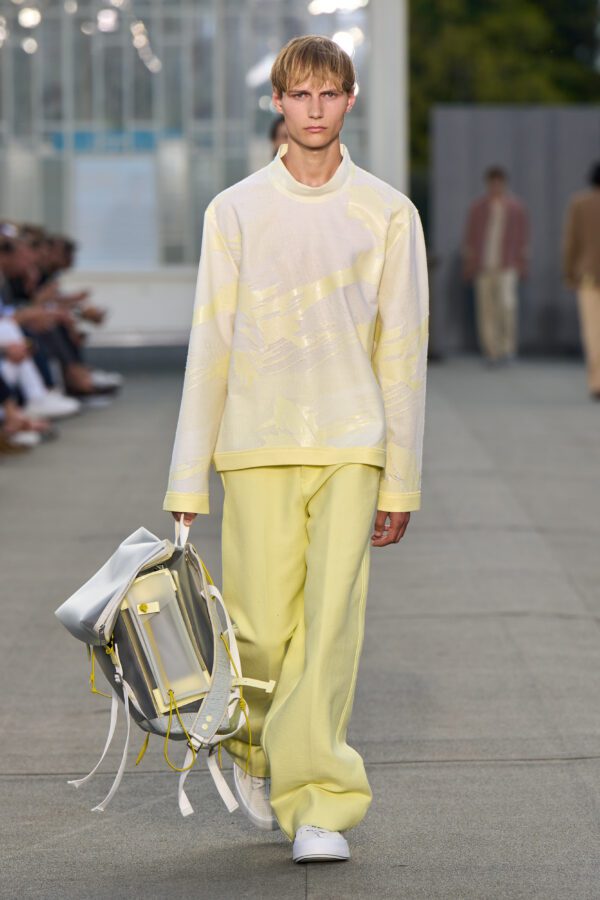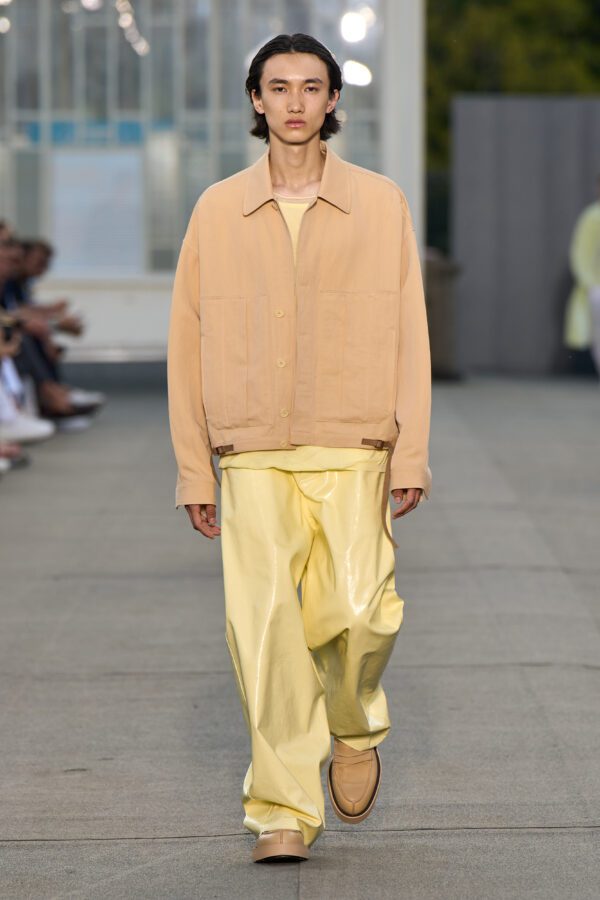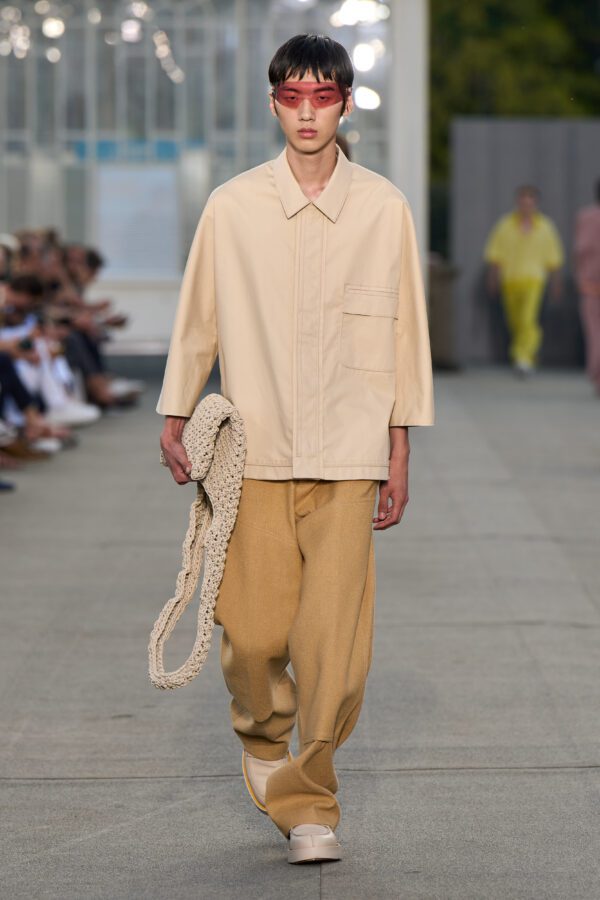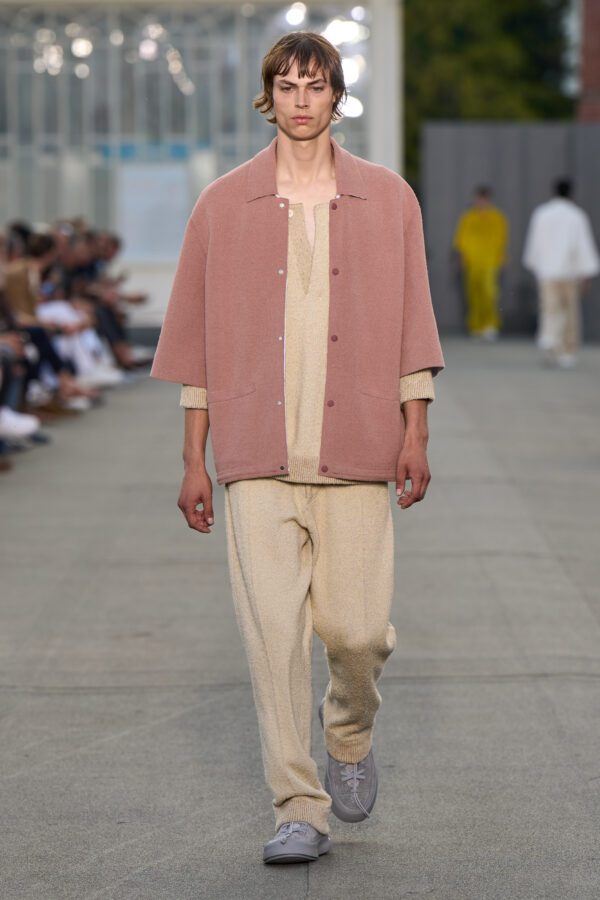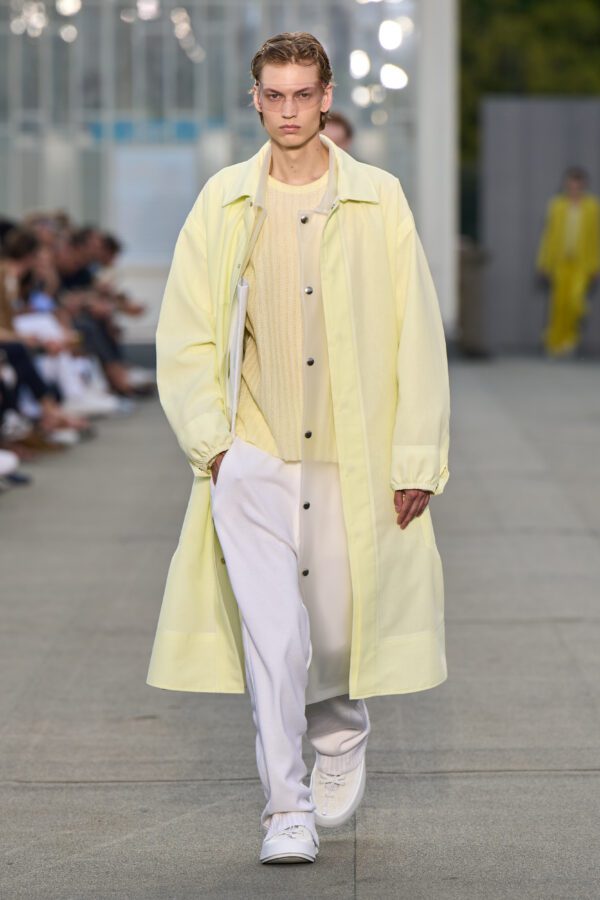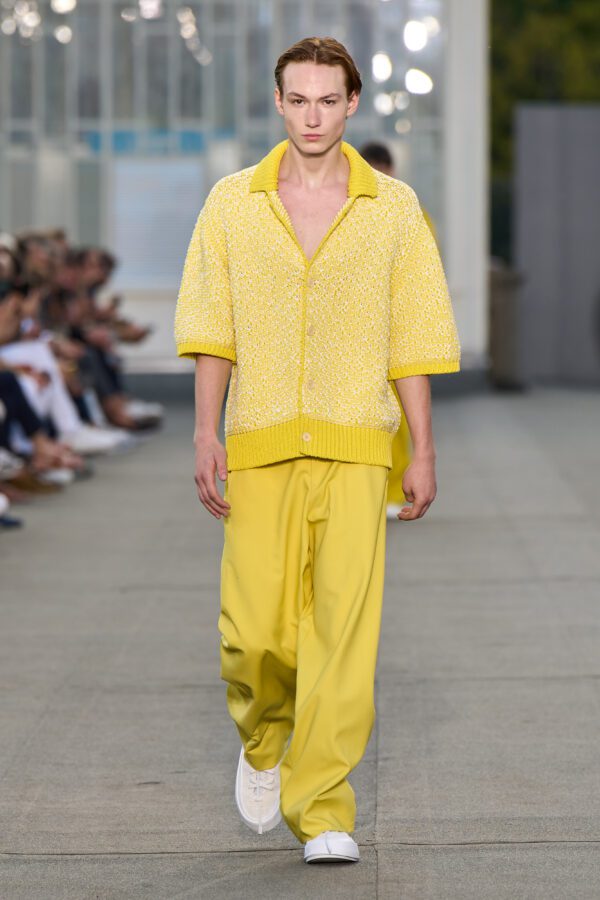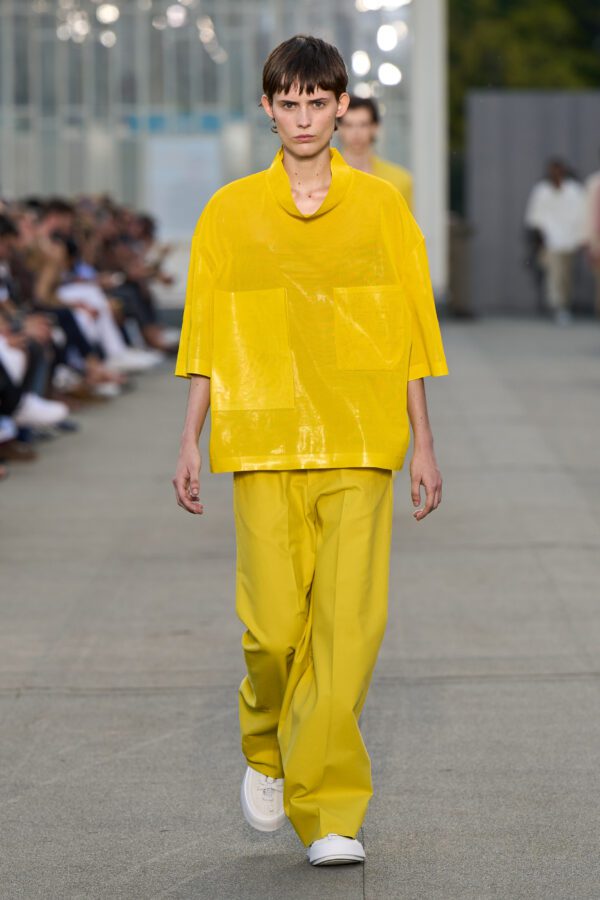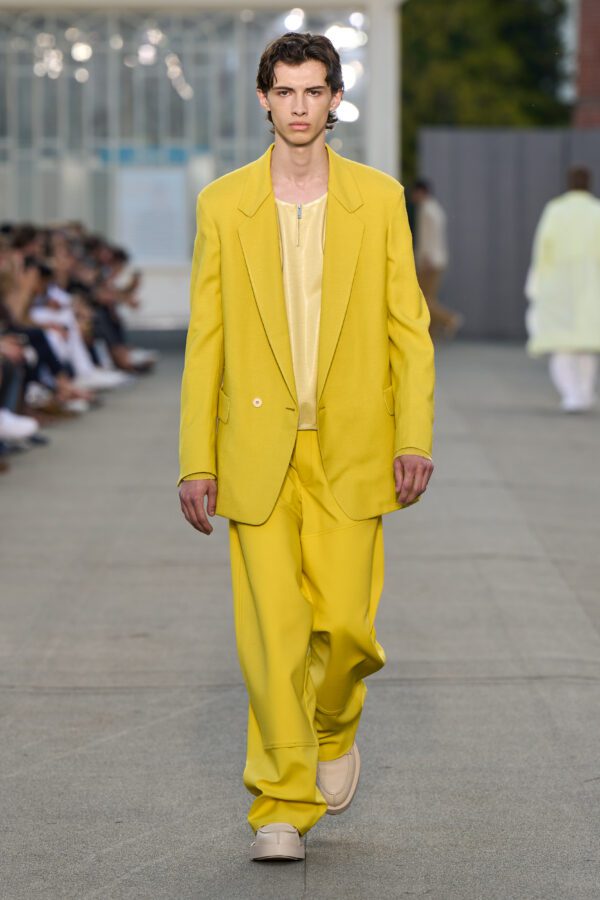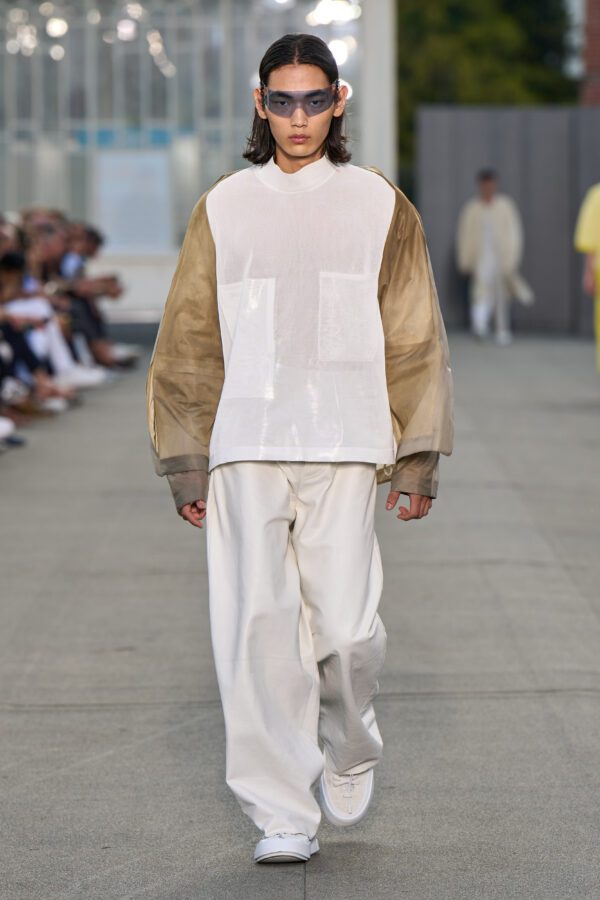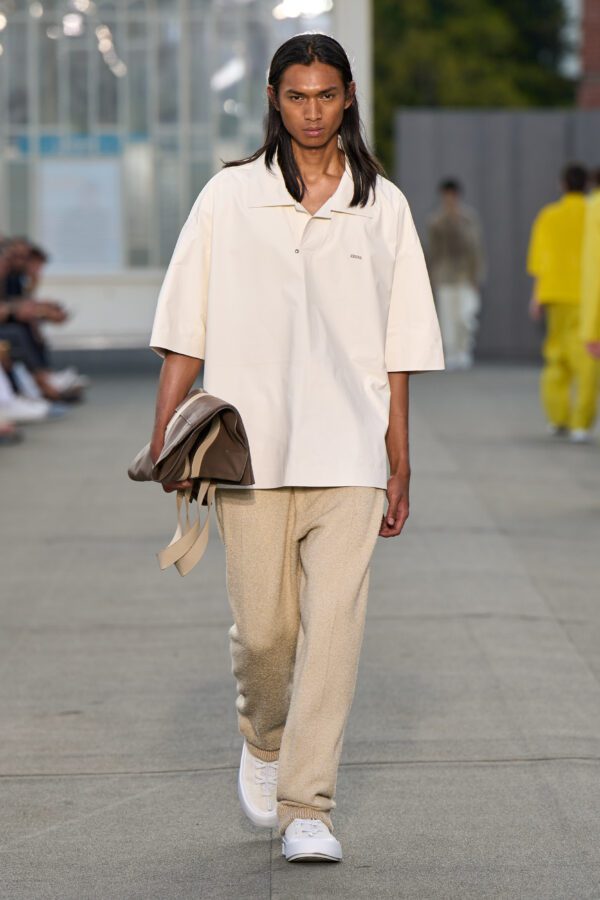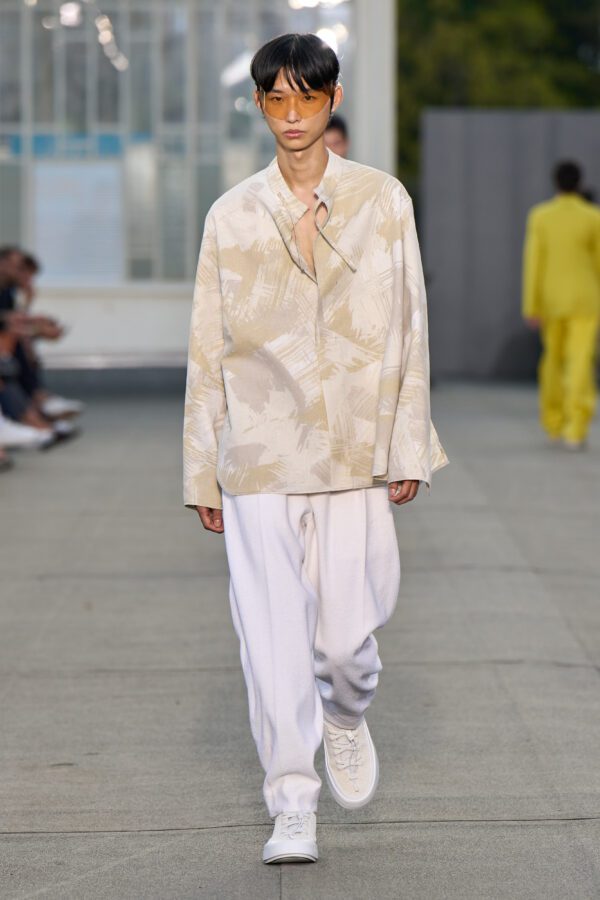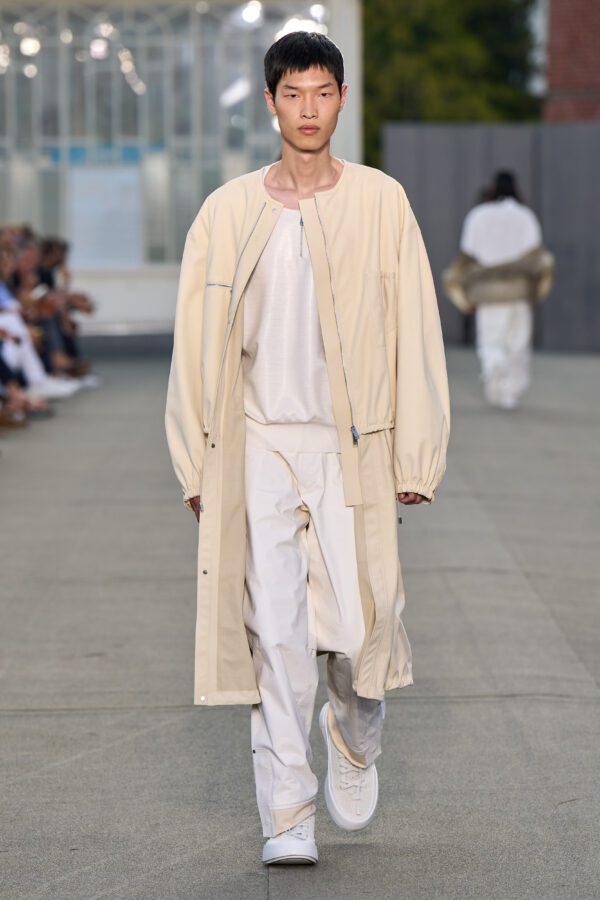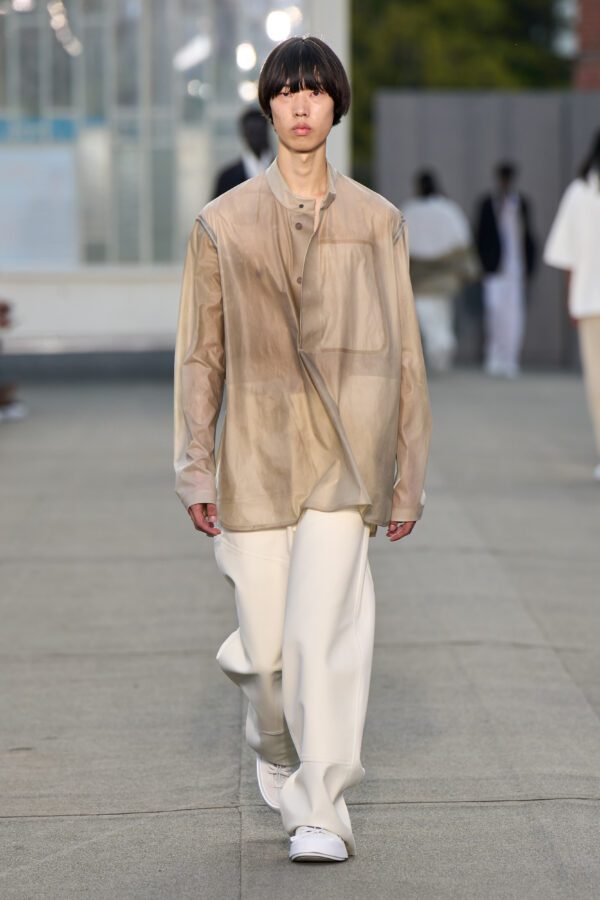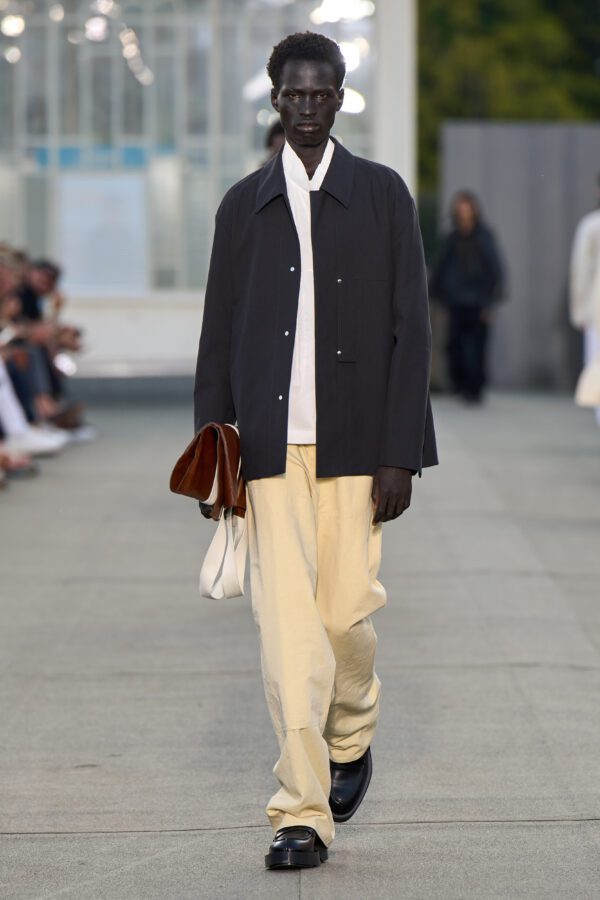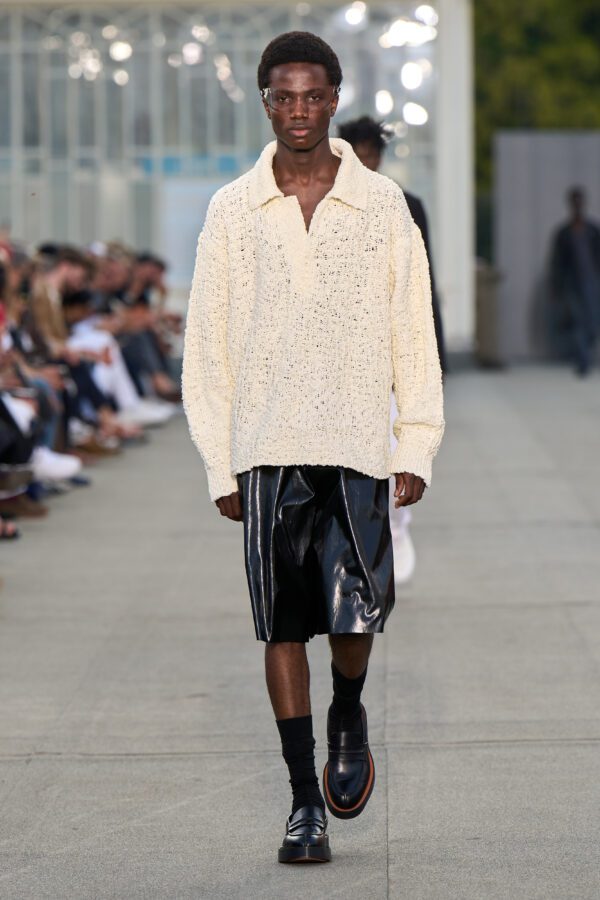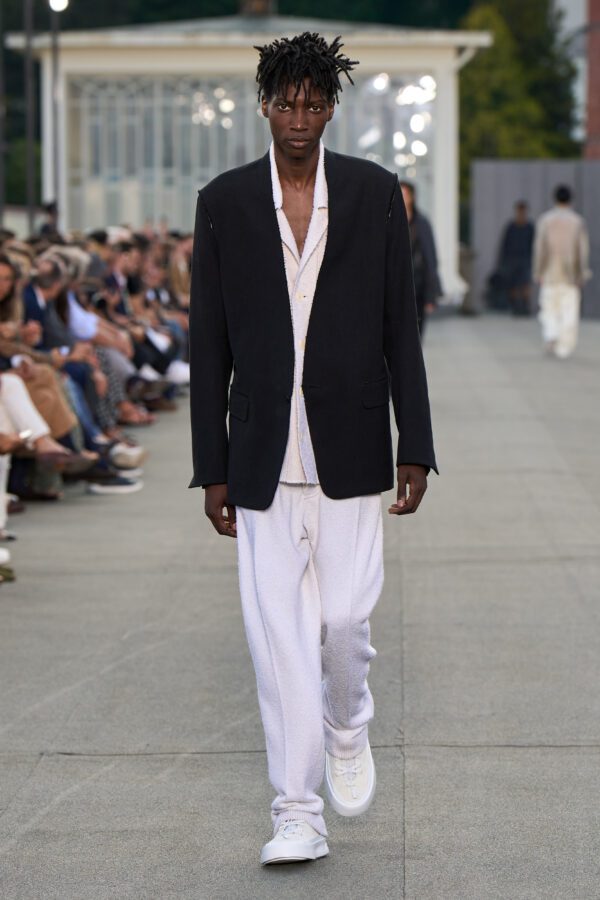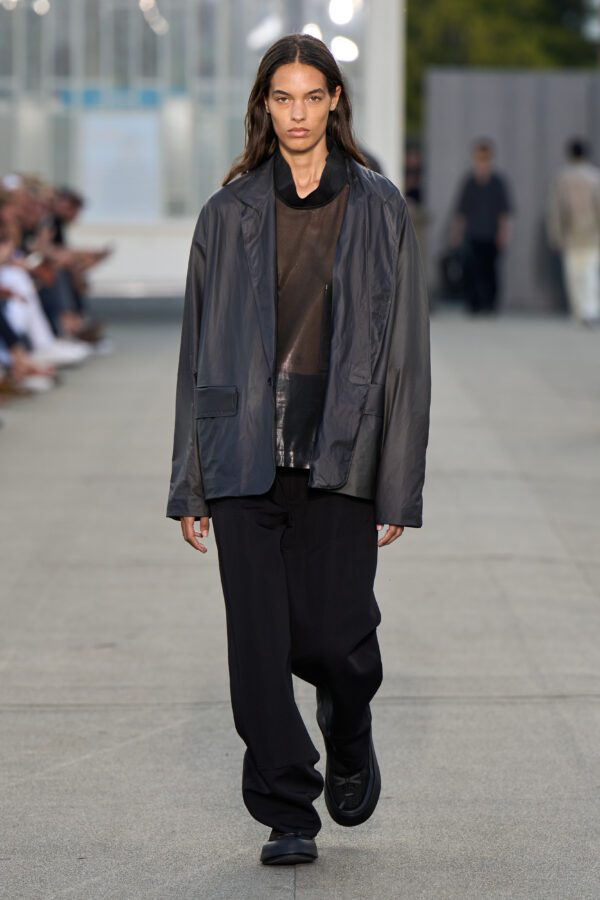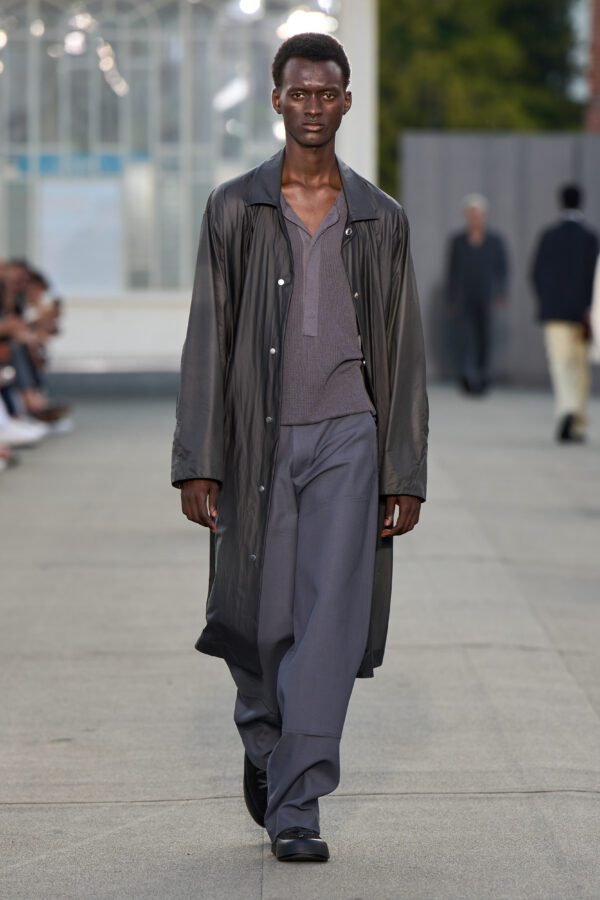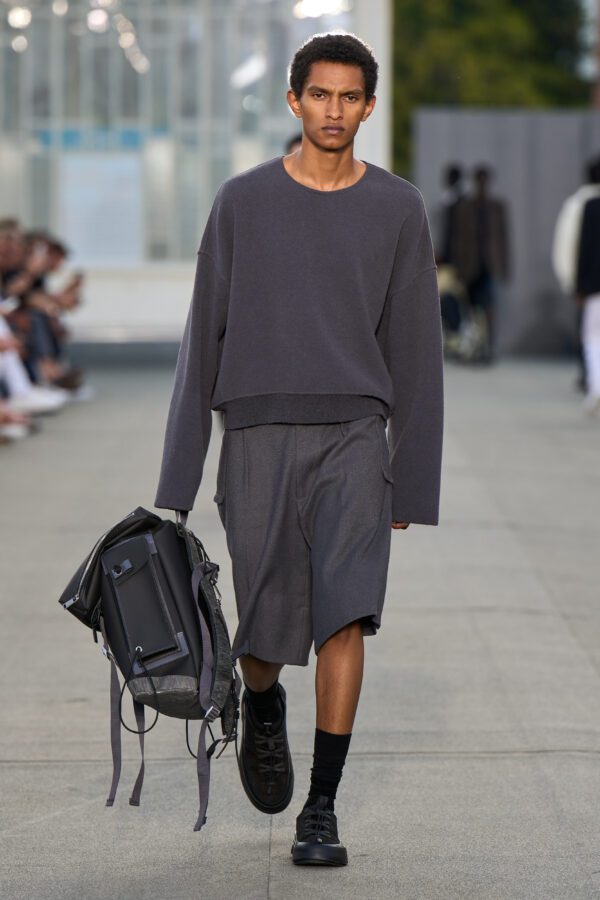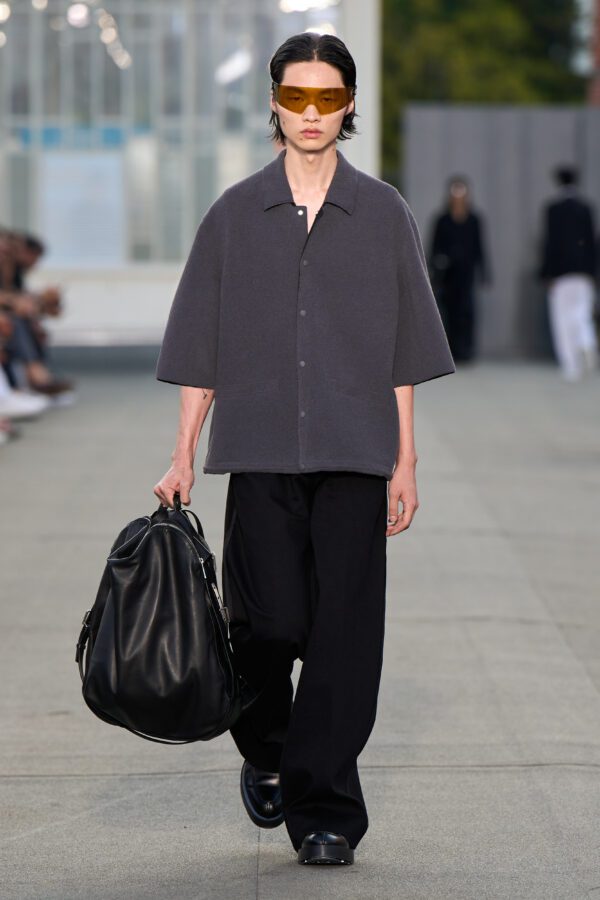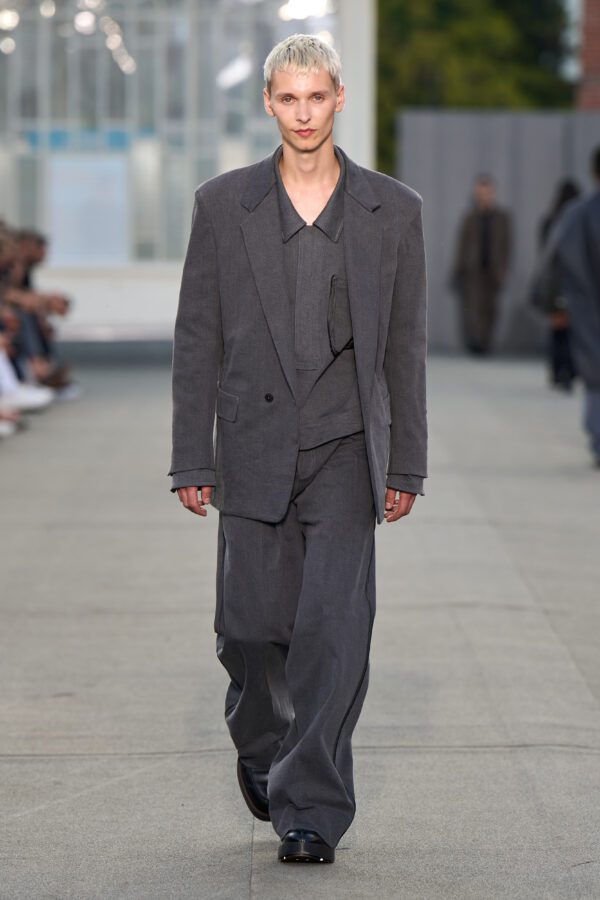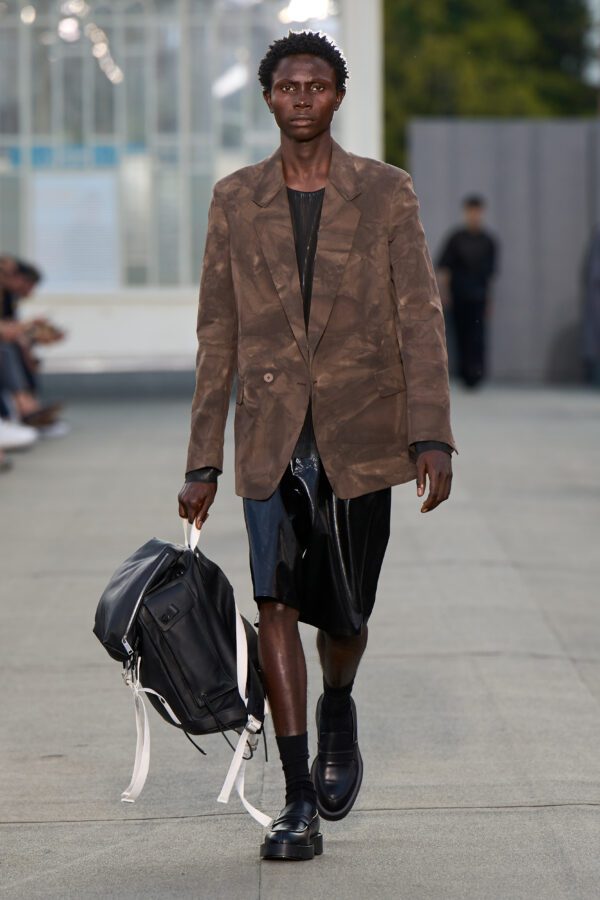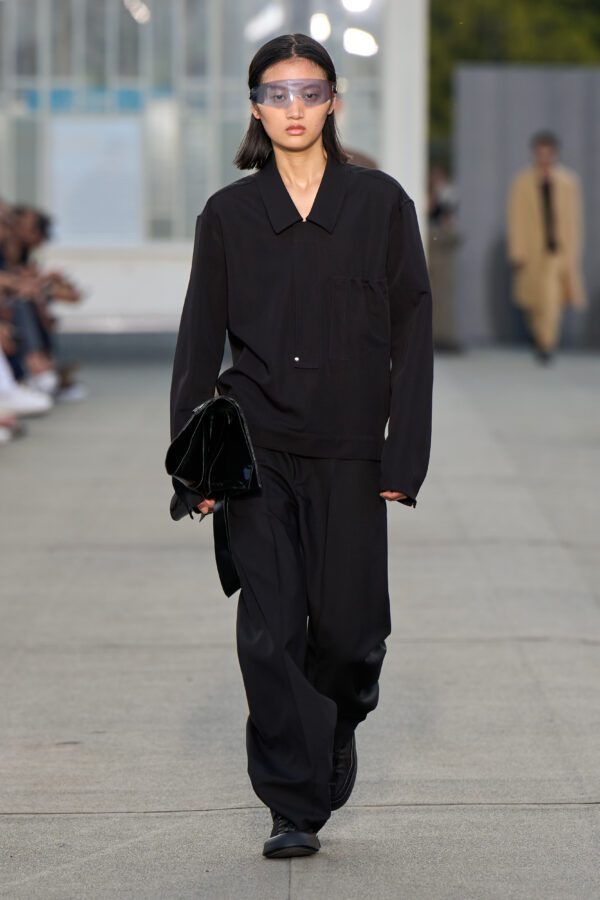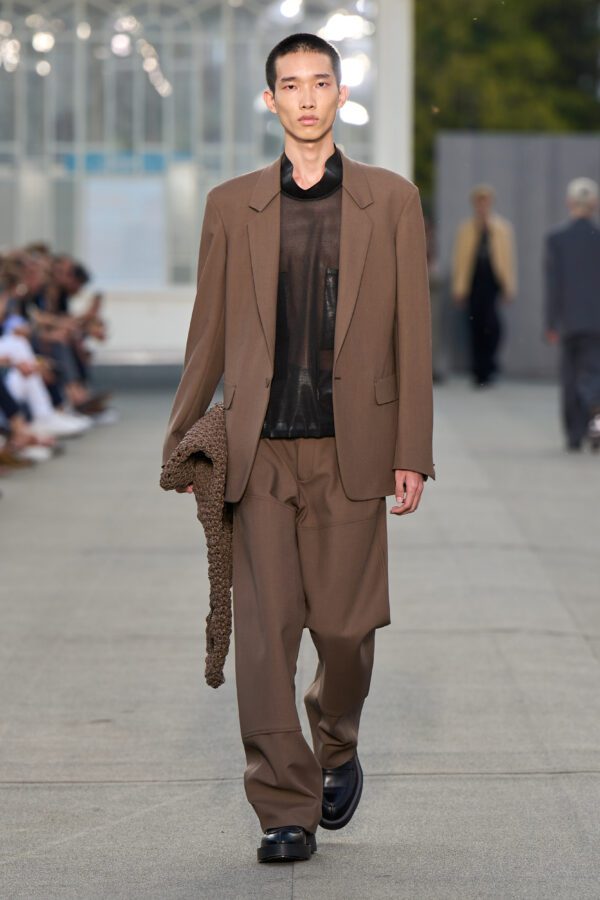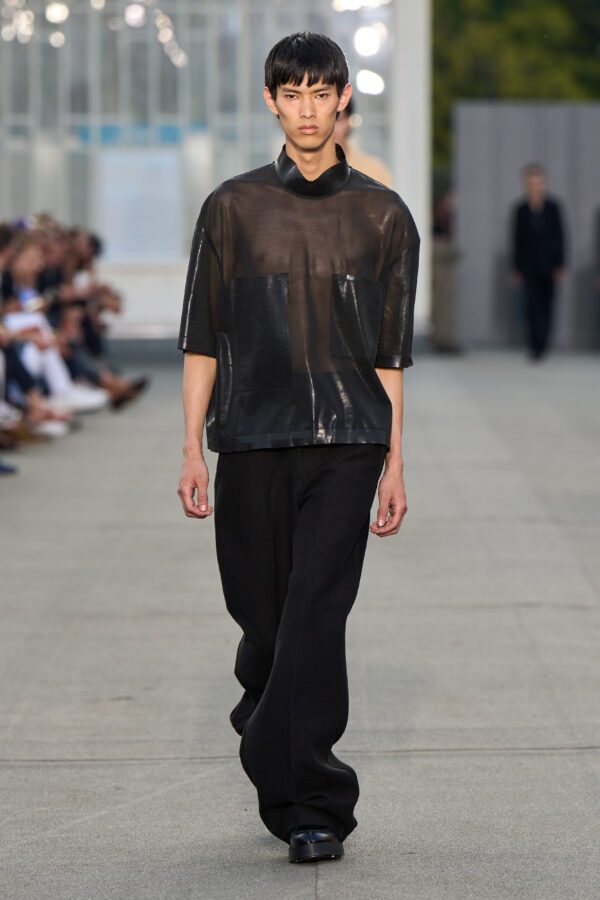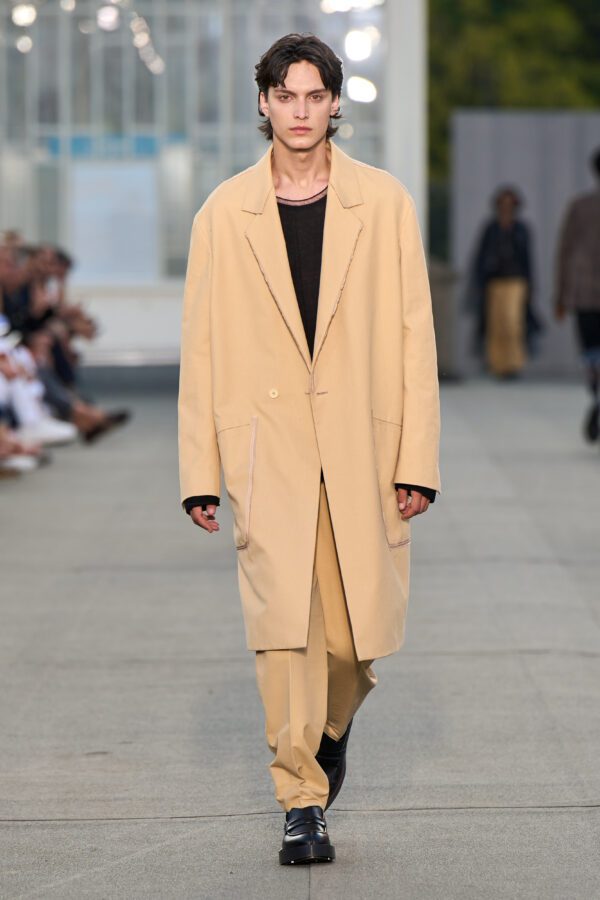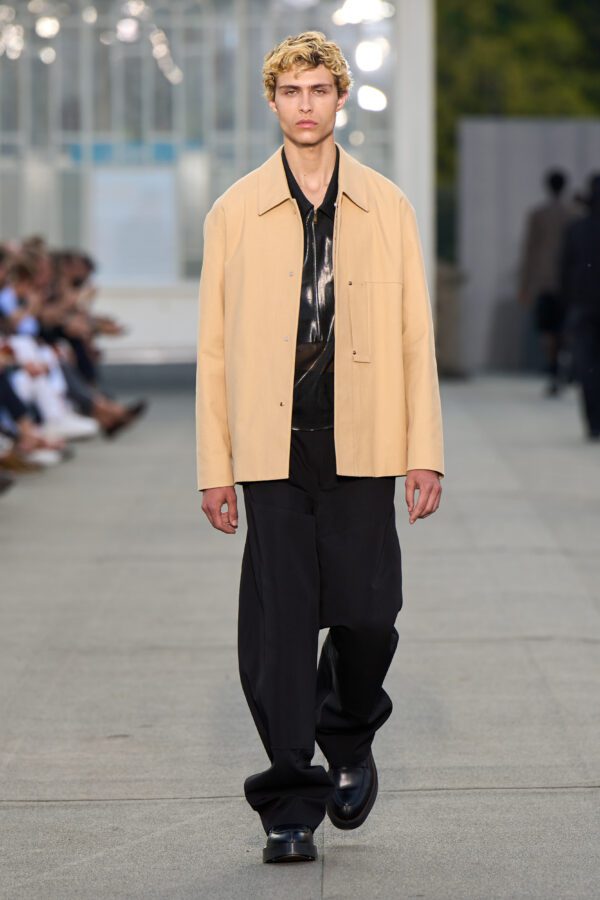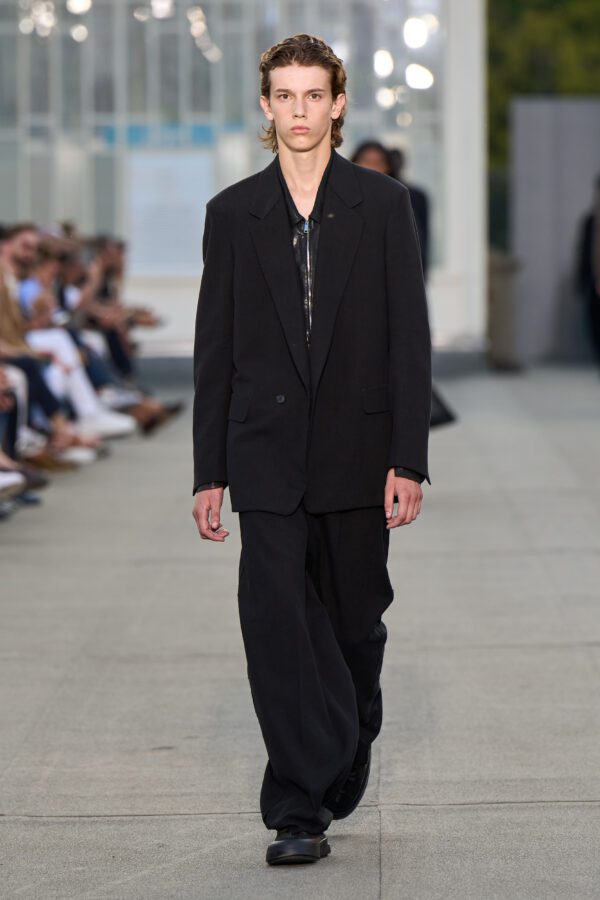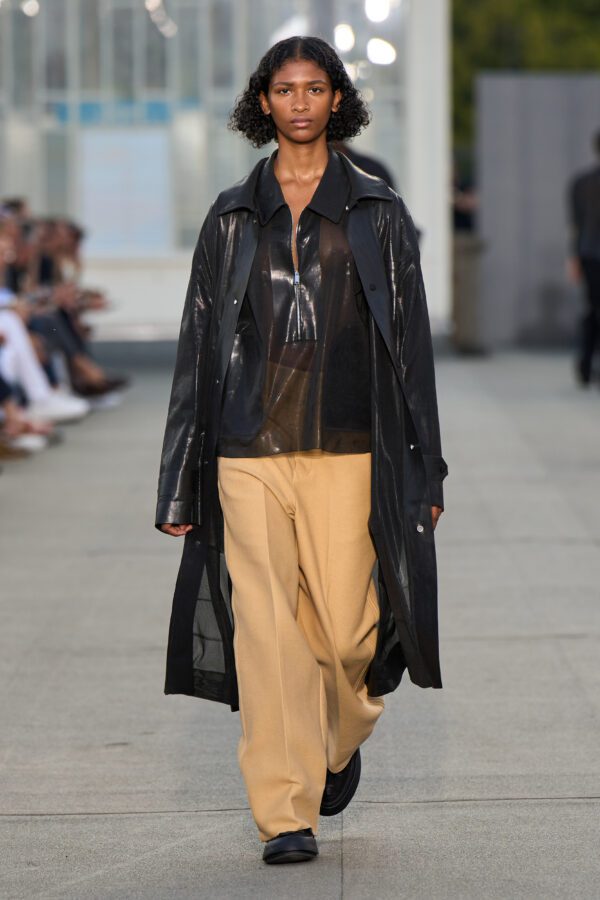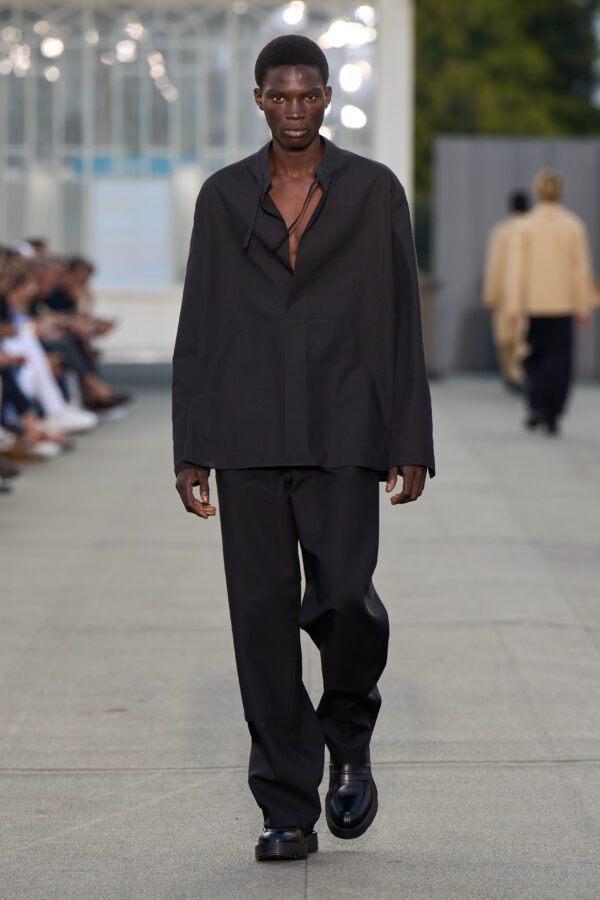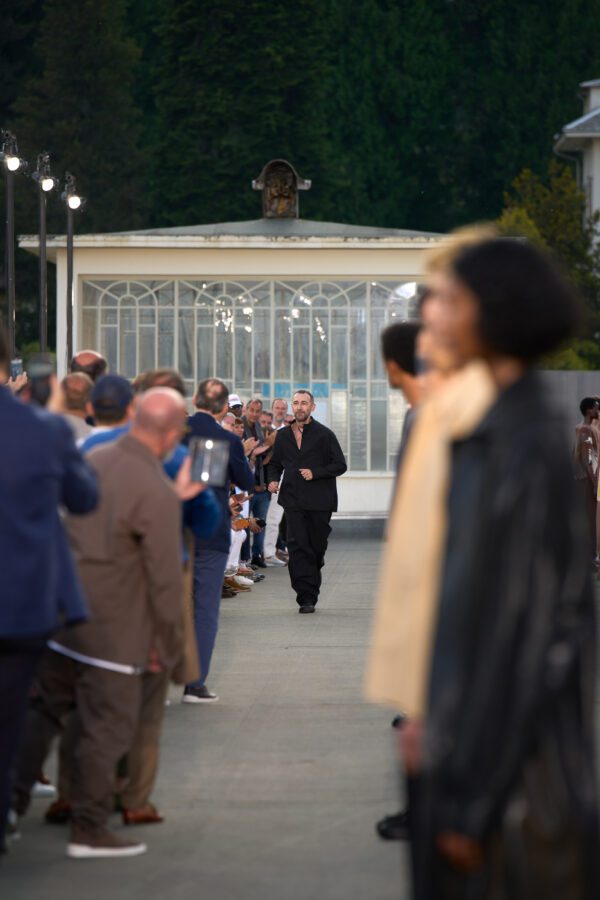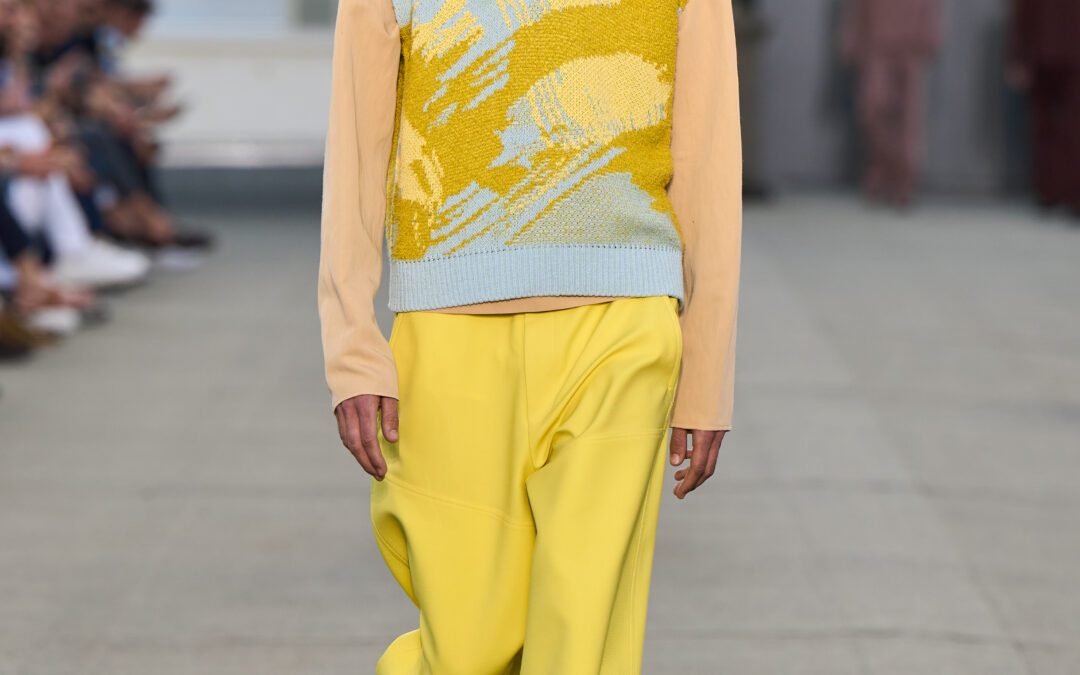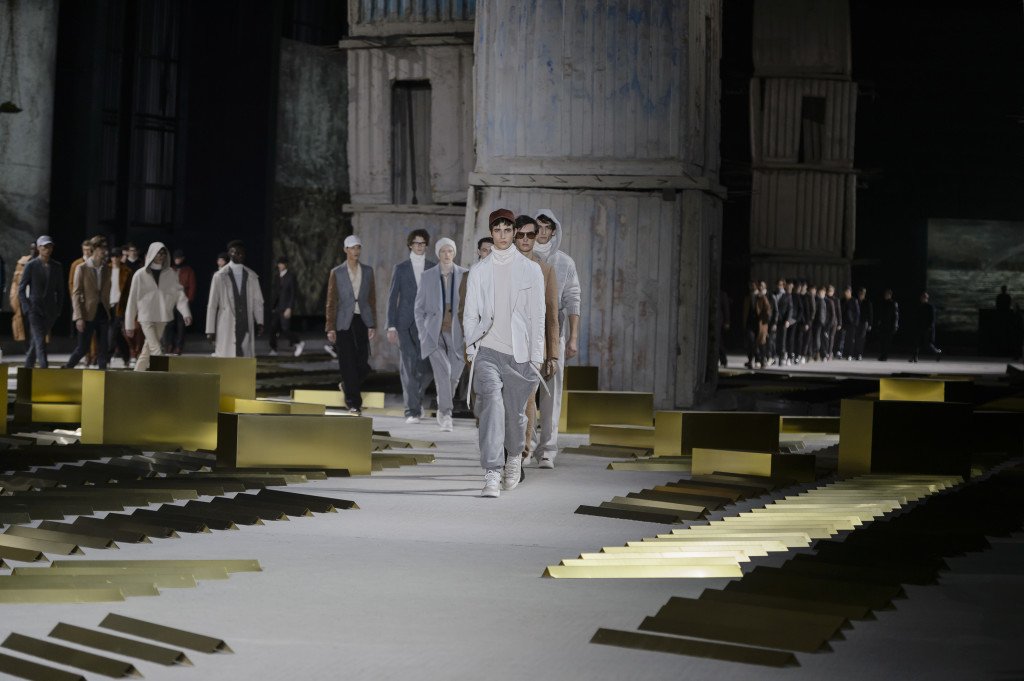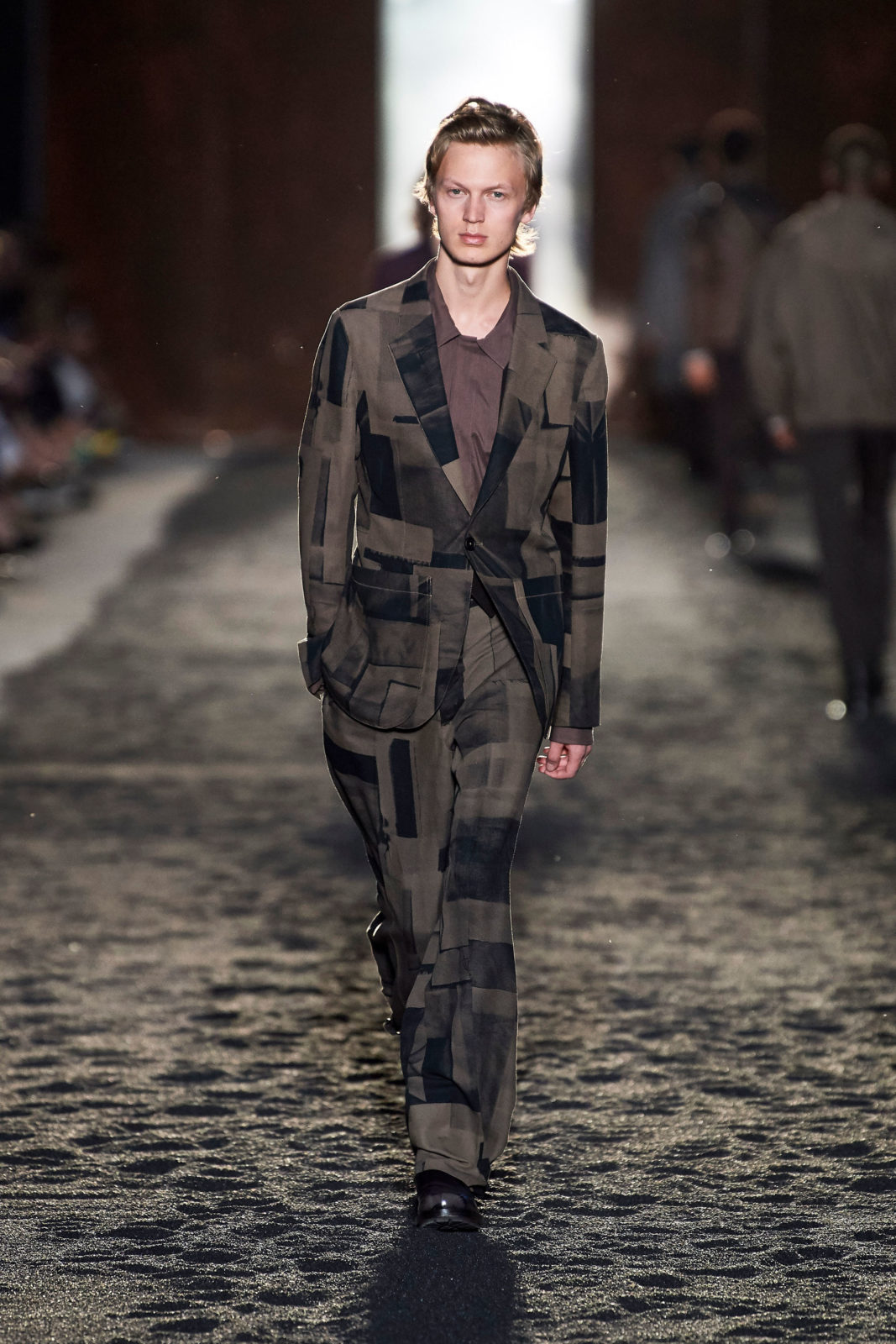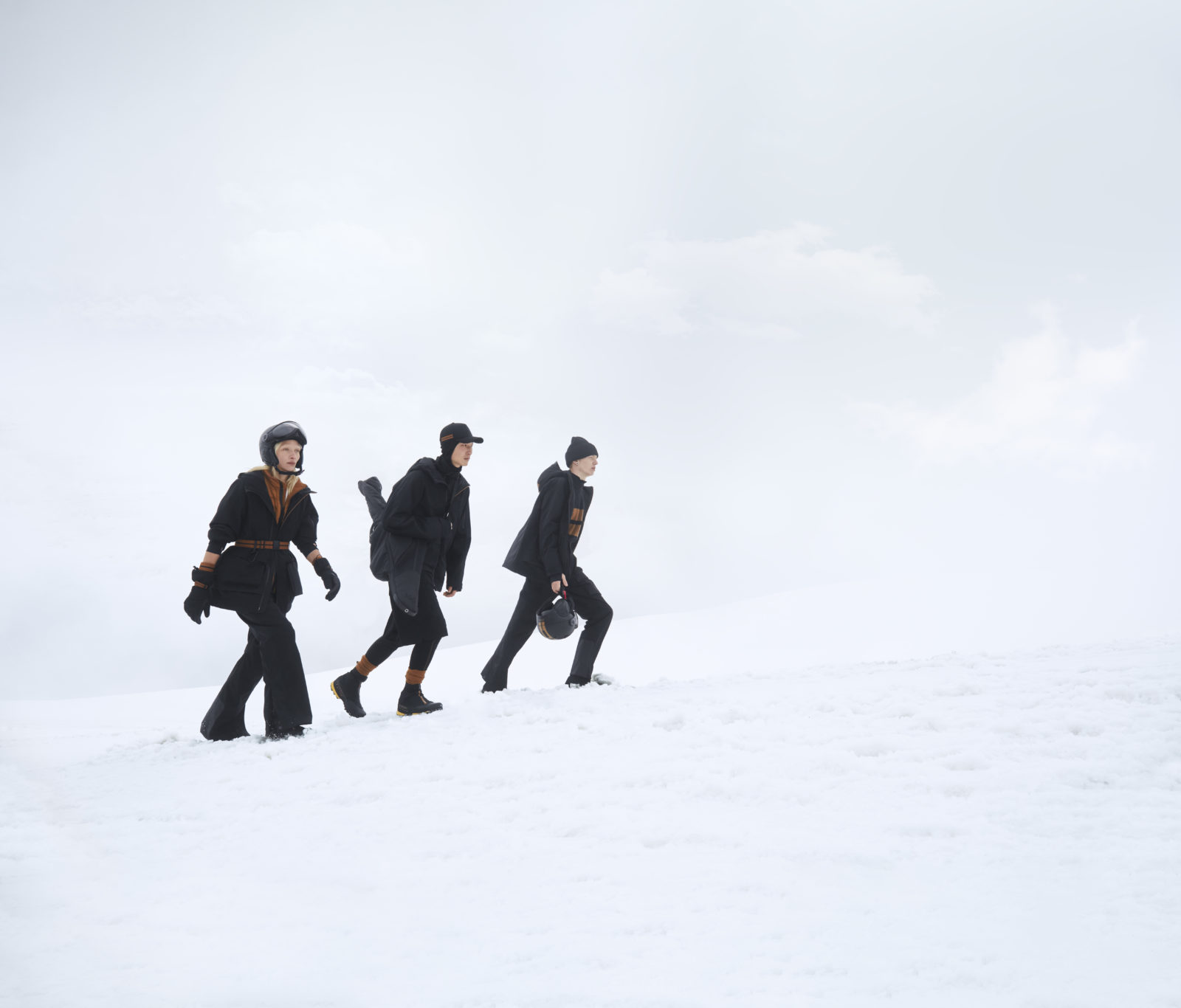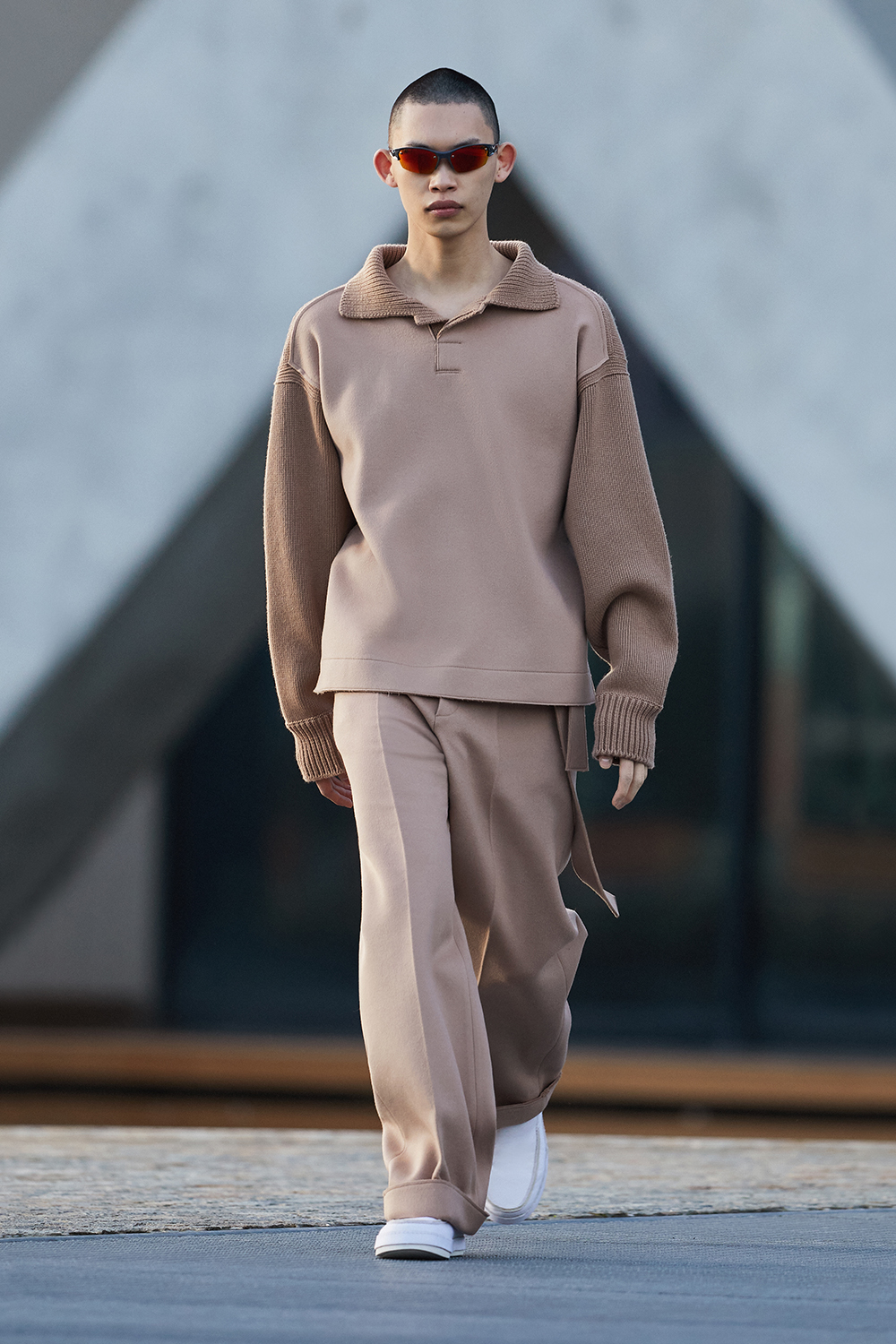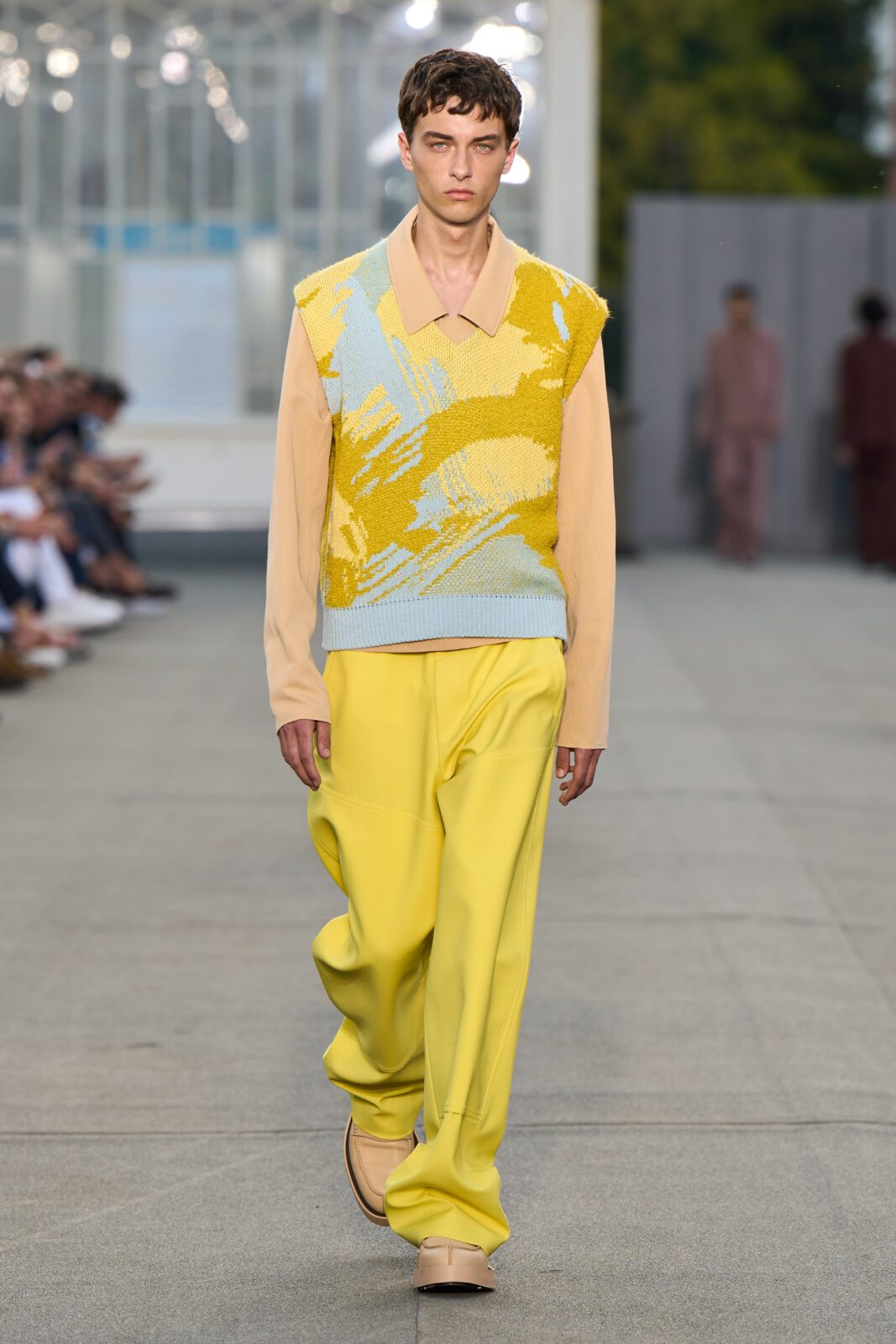
ZEGNA SPRING/SUMMER 23
By Crash redaction
In the Zegna Spring/Summer 2023 collection presented at Milan Fashion Week on the rooftop of the historic Lanificio Zegna woolen mill, and was broadcast simultaneously around the world, offering the public unprecedented access to the show through multiple cameras allowing different views. The idea was to offer an experience that even the physically present audience did not have, making the online view as exciting as the real show. A recently installed filtration system in the Zegna woolen mill allows ozone purification to cover up to 25% of the factory’s industrial water needs, representing a significant water saving for the local ecosystem.Since 1930, the 100 square kilometers of the Oasi Zegna, where the founder planted more than 500,000 trees, has been home to the Zegna Forest, a forest proactively managed to limit climate change and restore the landscape. Since 2020, we have begun a reforestation with more than 20,000 endemic species, including beech, spruce and larch. In addition, Oasi Zegna will expand worldwide with Zegna Mini Forests. Starting in 2023, 10,000 trees will be planted and cultivated in each city where Zegna opens or moves its directly managed stores.
A feeling of extreme lightness permeates the entire collection. An idea of pragmatism drawn from workwear and sportswear blends with the rigor of a formal wardrobe. The result is individuality rather than conformity, personal and free rather than restrictive, bringing the lightness and freedom of Oasi Zegna to the city. Loose, unstructured cuts barely touch the body: jackets cut like kimonos, airy coats, shirts and tops turned into outerwear. The pleats disappear from the pants, which retain their volume and come in rounded shapes. Bermuda shorts facilitate freedom of movement, while fitted blazers are freed from the need for a collar. This new language in which the inside and outside of the garment as well as the under layer and the outer layer are turned upside down, owes much to the ease of knitwear. Transparency asserts the idea of weightlessness. The terry cloth is cut into suits that match jackets and pants. The result is a fluid, effortless silhouette composed of an immediate accumulation of garments, highlighted by monochromes or the association of similar shades. Lightness is a matter of materials and colors: technical knits and silks, fishnets, rubberized nylons, wools, terry cloths, rubberized leather and lacquered nappa are declined in a telluric color palette exalted by notes of powdery white, fresh butter, dusty pink, honey, vicuna, mocha, hickory, charcoal, sulfur and black. Elaborate intarsia patterns, naturalistic jacquards and silkscreen prints give movement to otherwise uniform surfaces. Extra-lightweight and chunky bags, loafers with massive soles, and transparent mask glasses complete the looks.
The iconic Triple StitchTM sneaker, a global success for the House, pushes its boundaries and becomes a true creative platform, debuting with a brand new version, designed by Alessandro Sartori with Daniel Bailey, the London-based innovative footwear designer and founder of Conceptkicks, better known as Mr. Bailey. The collaboration between these two creatives is based on a unique shoe-making process where luxury materials are perfectly matched with current manufacturing techniques.
